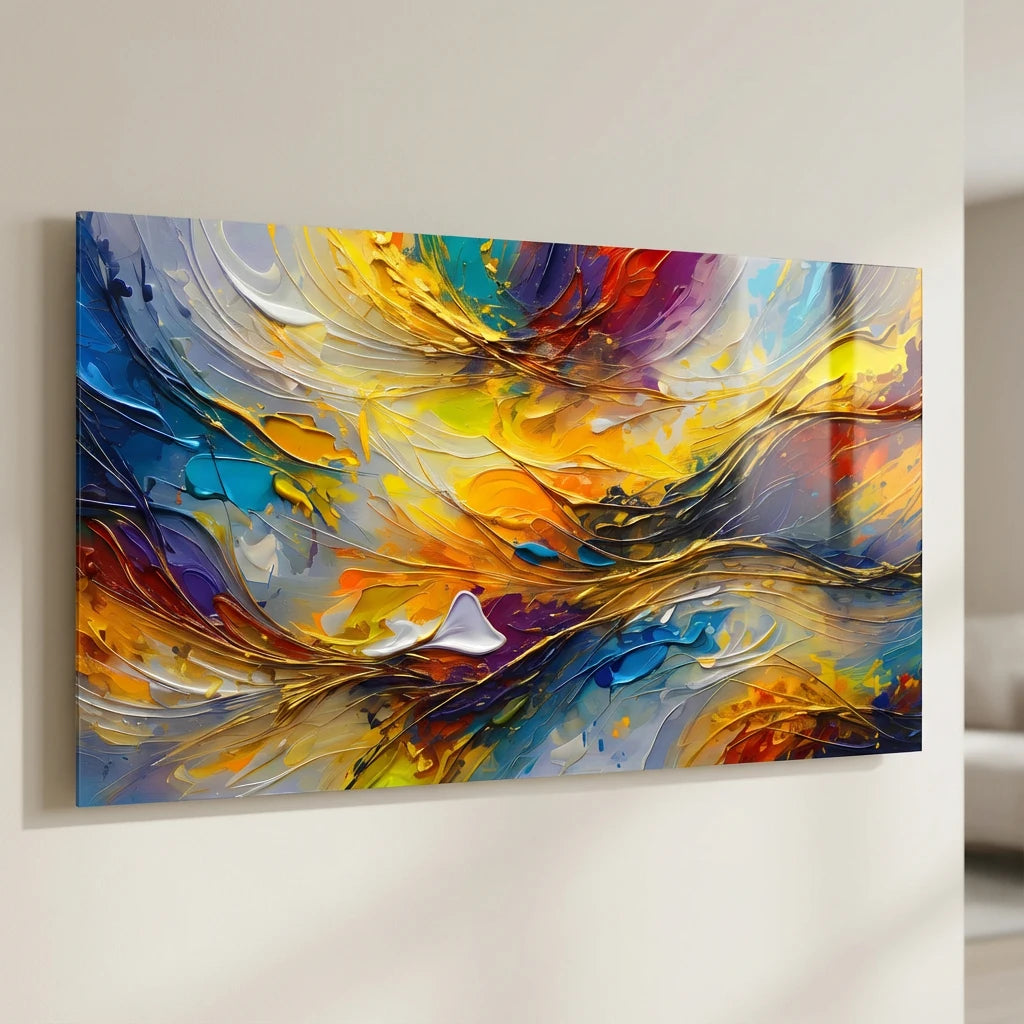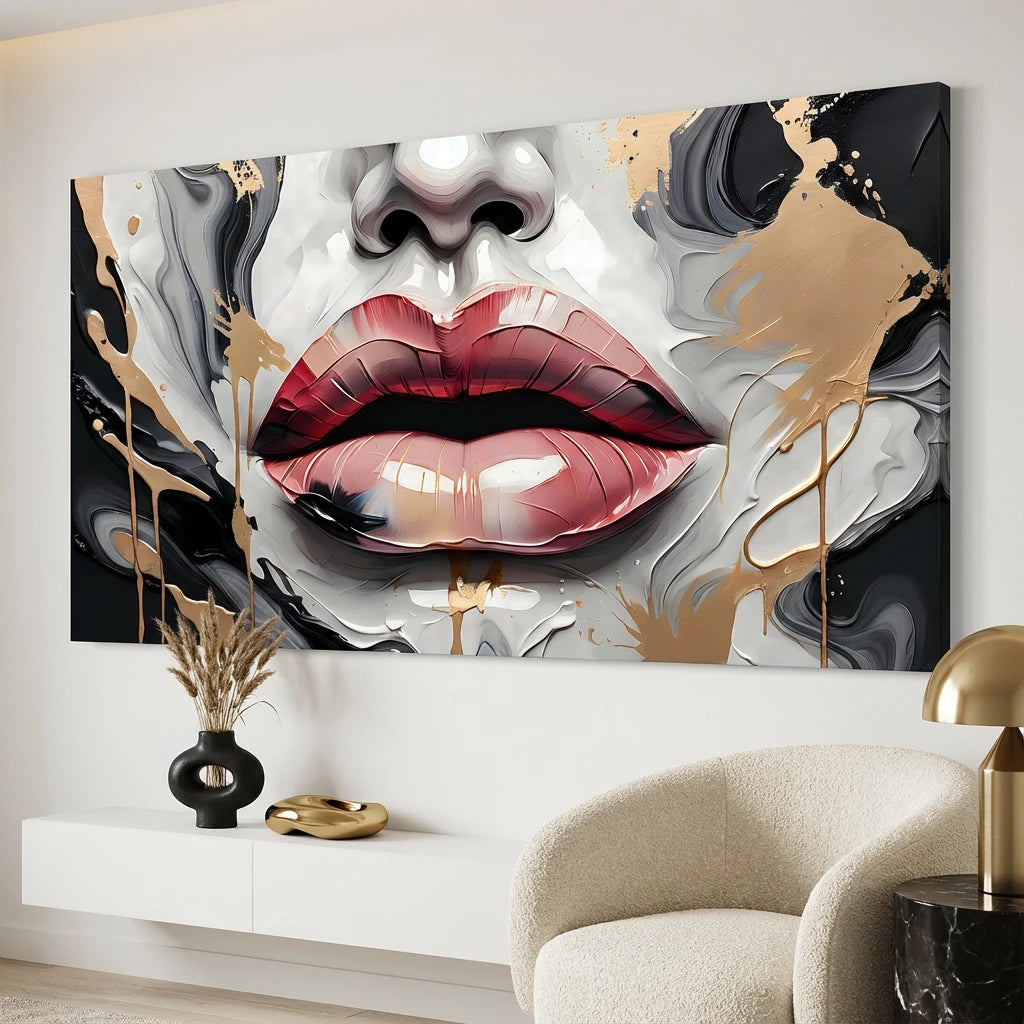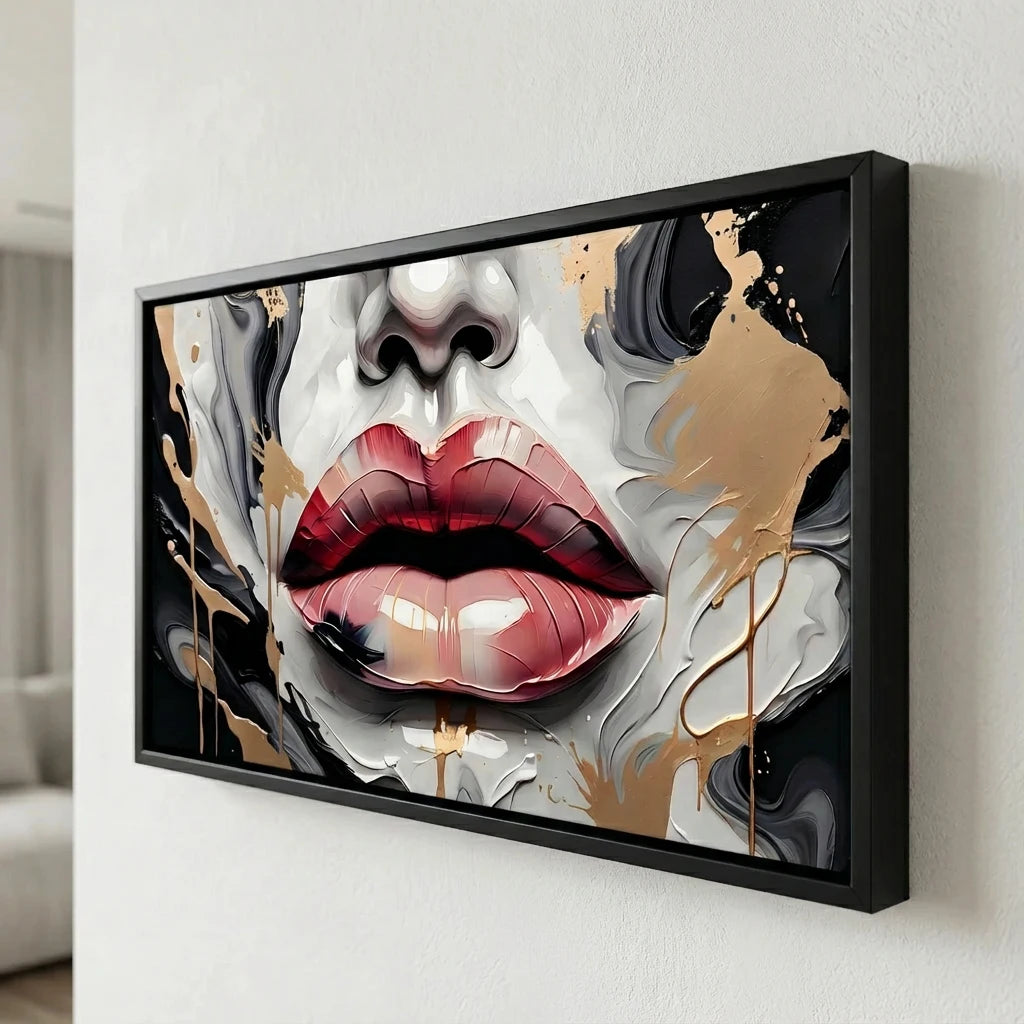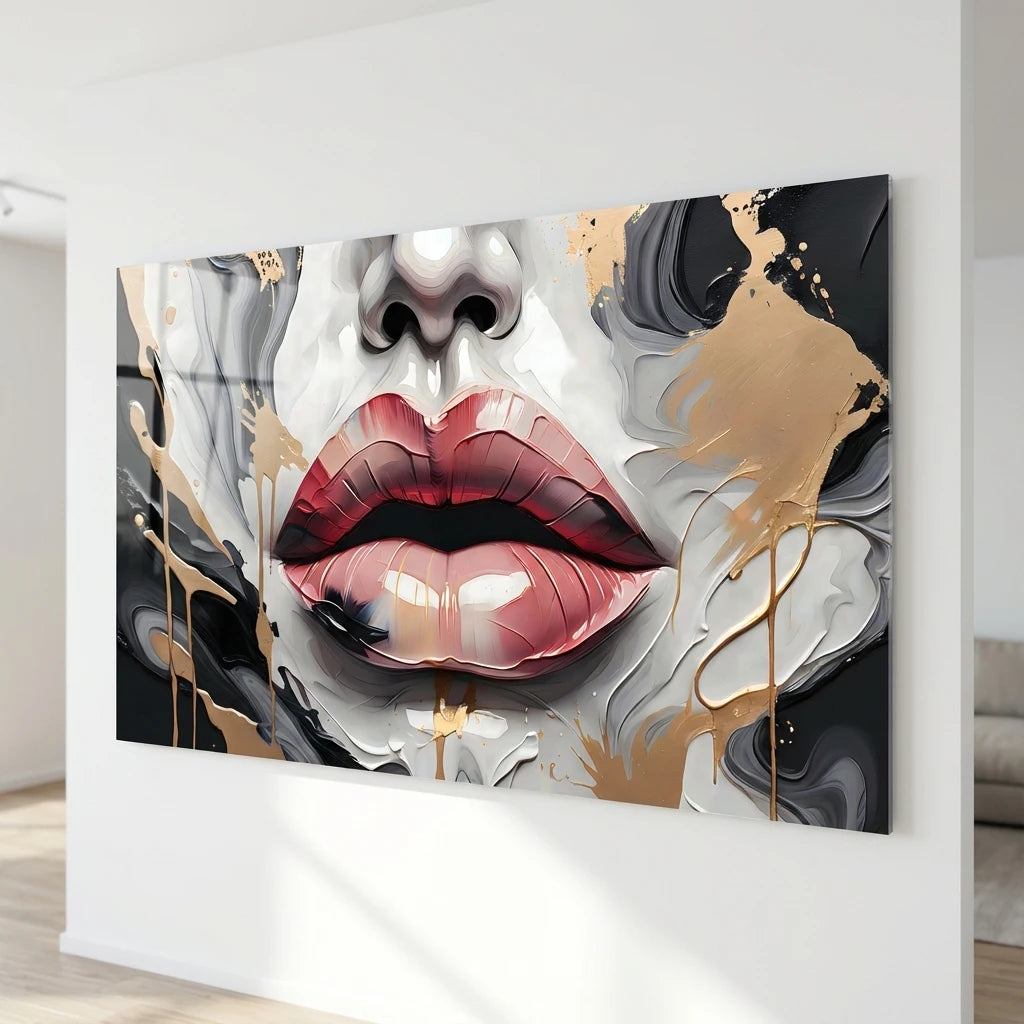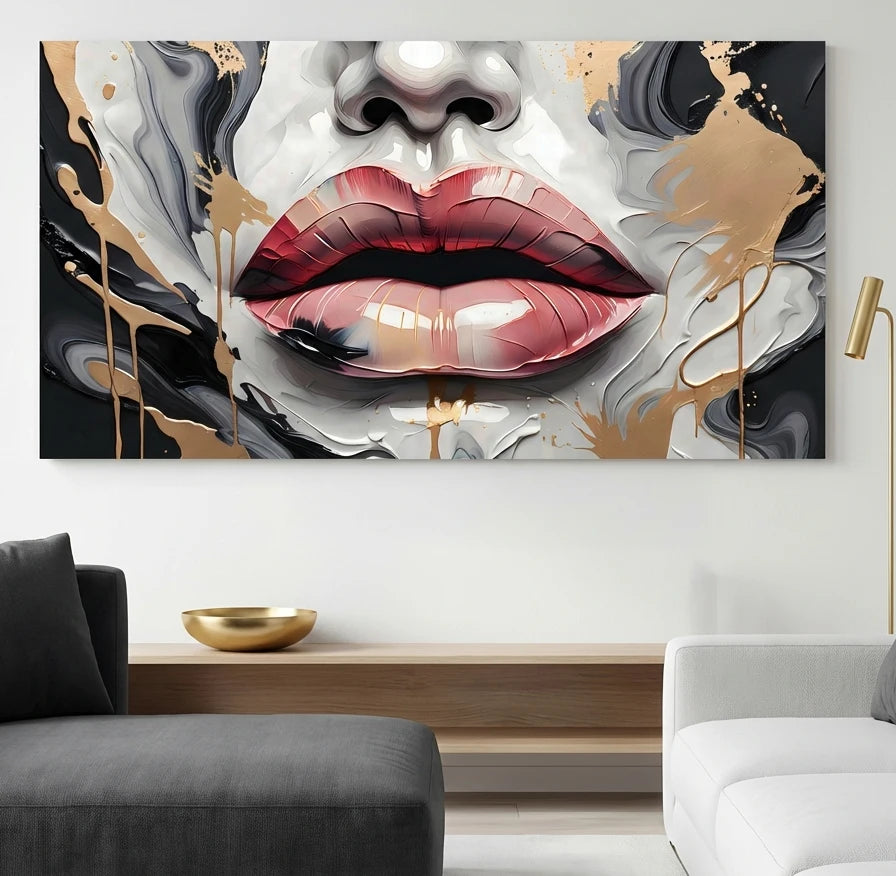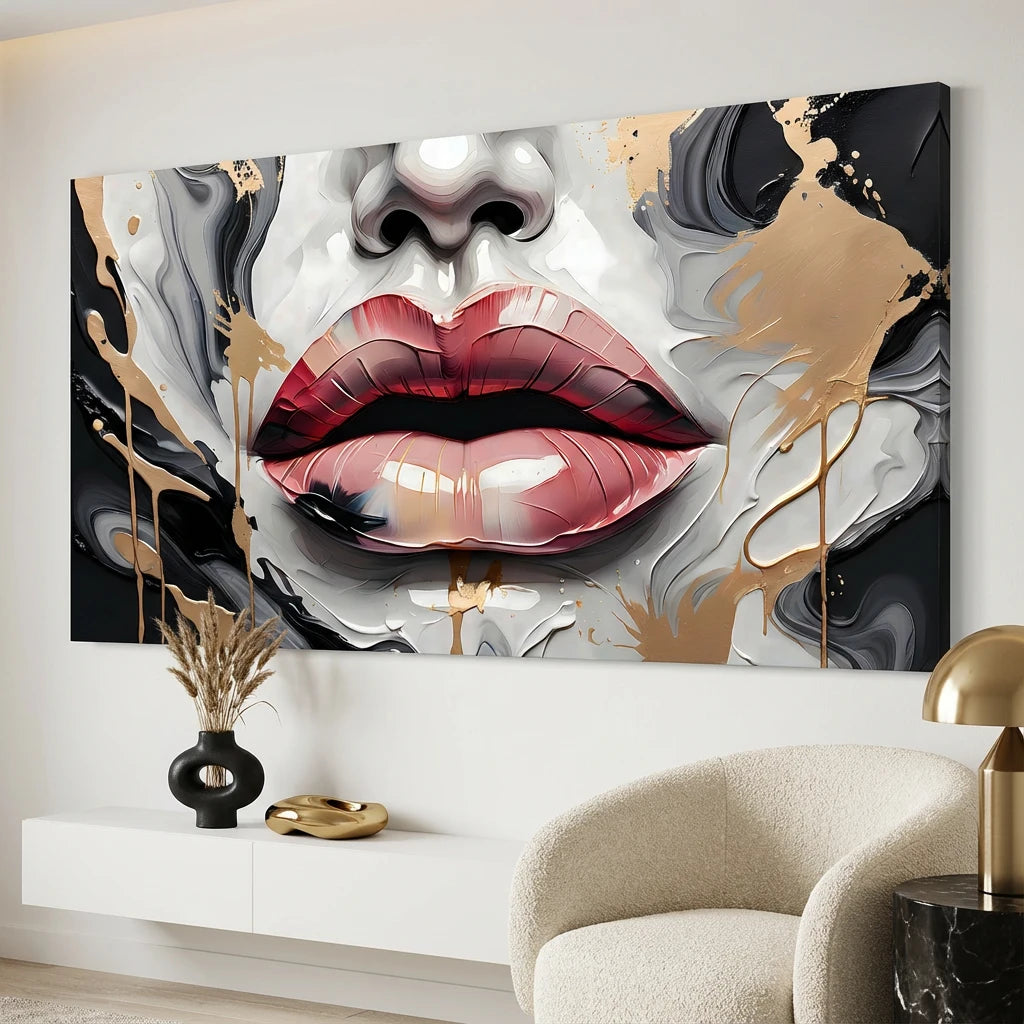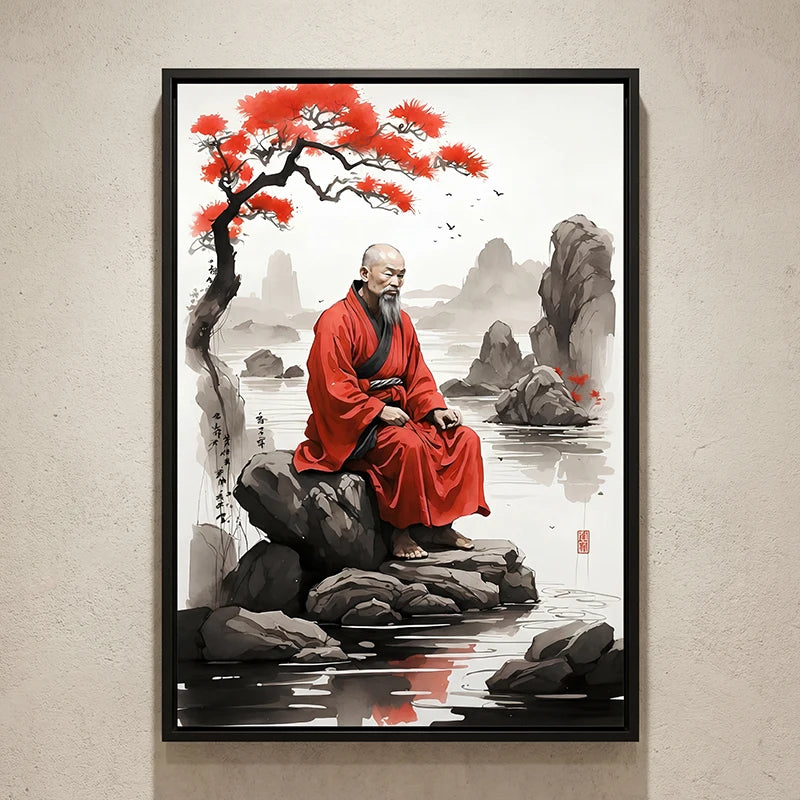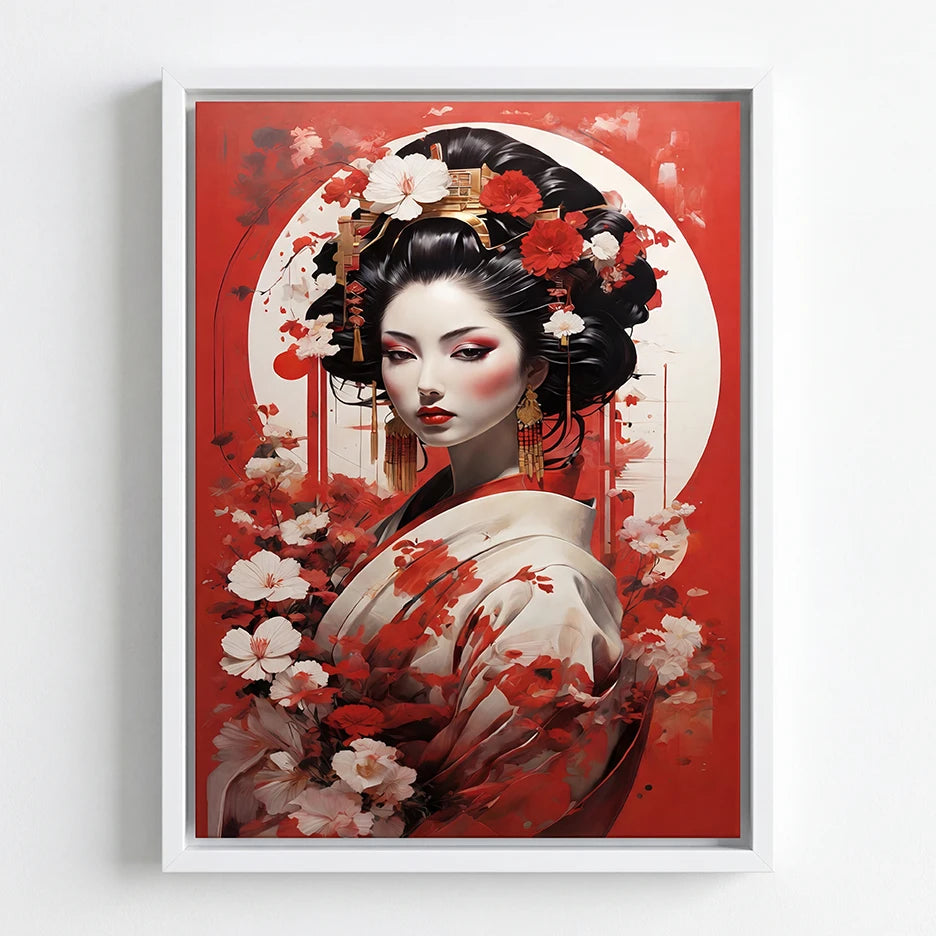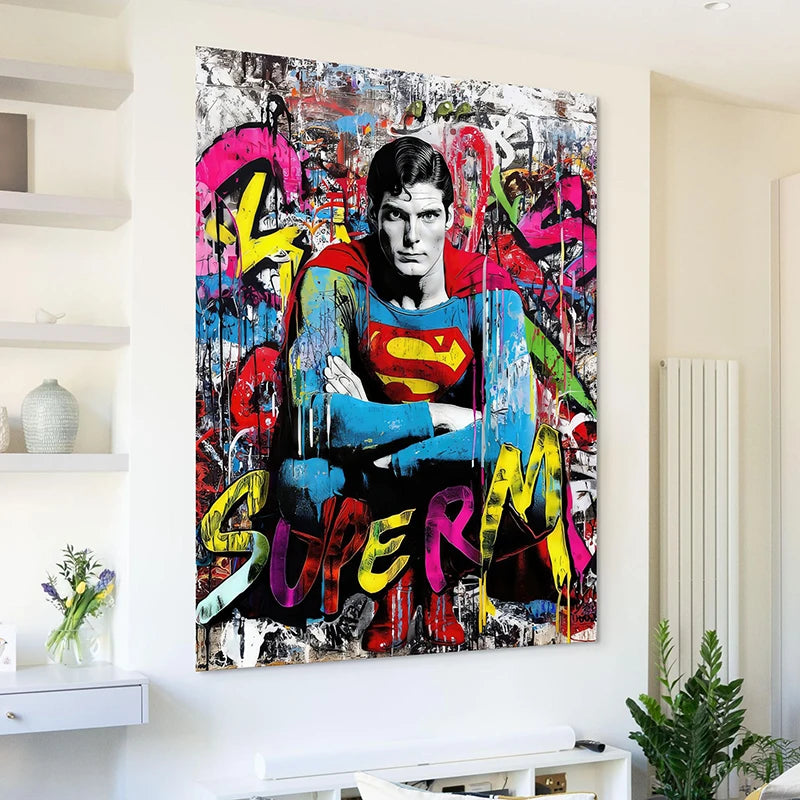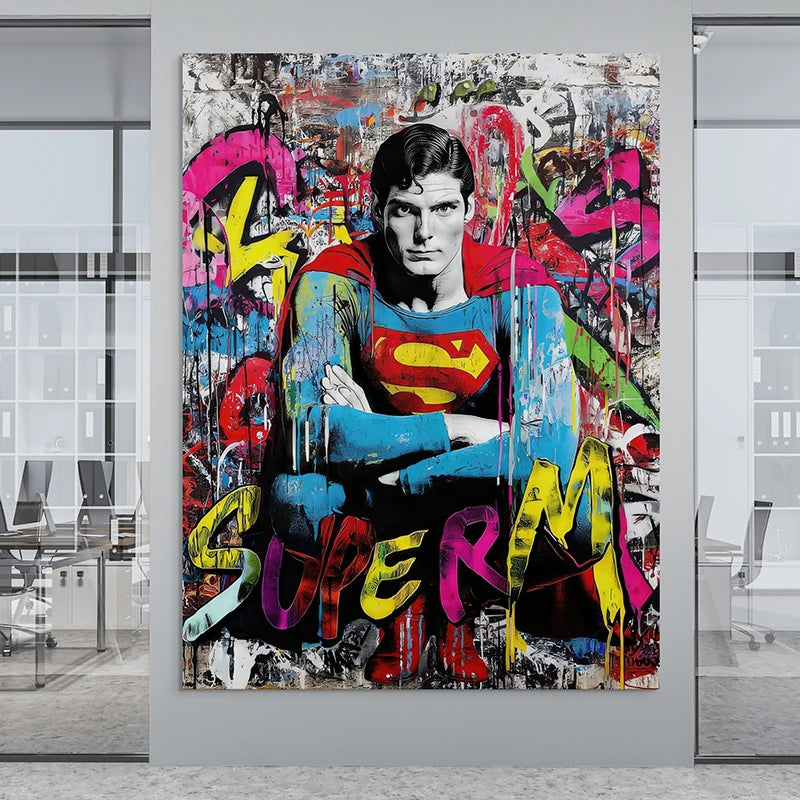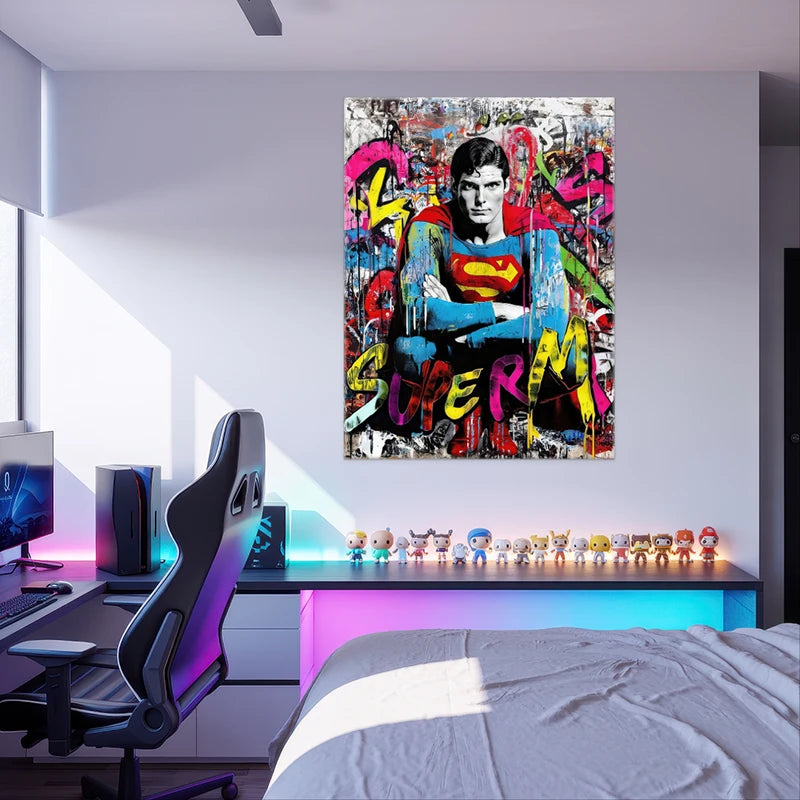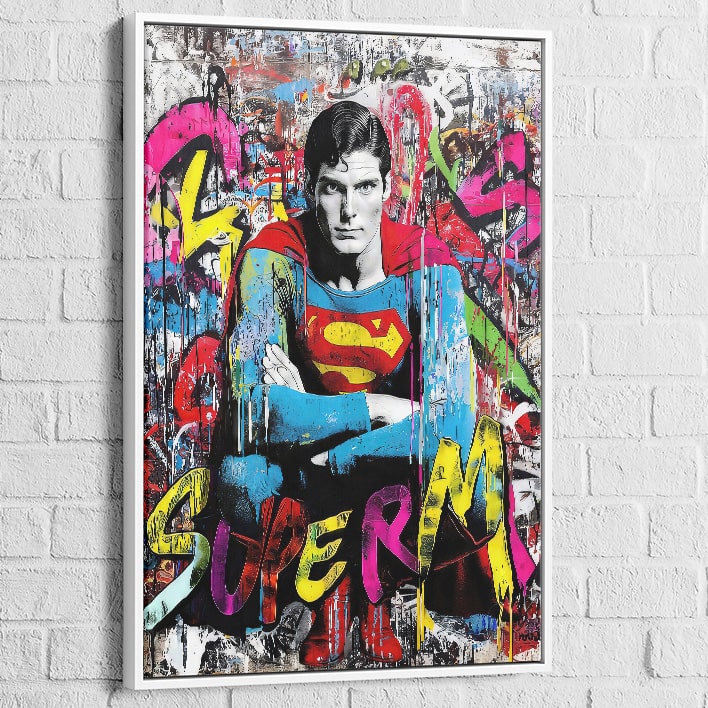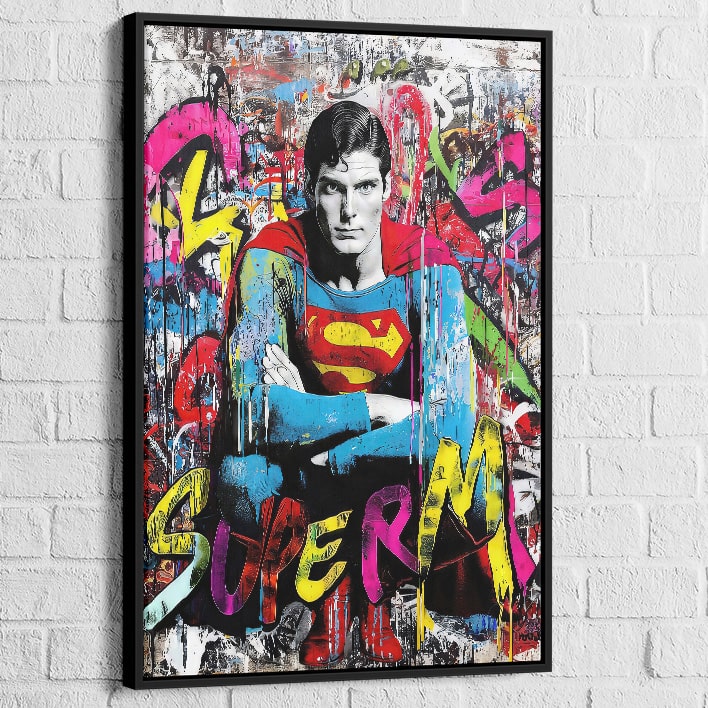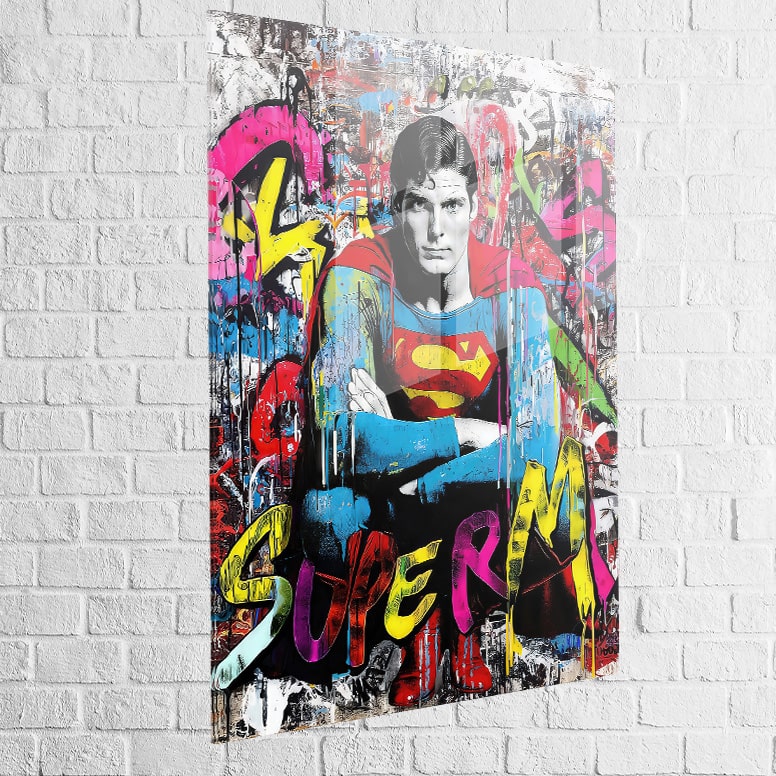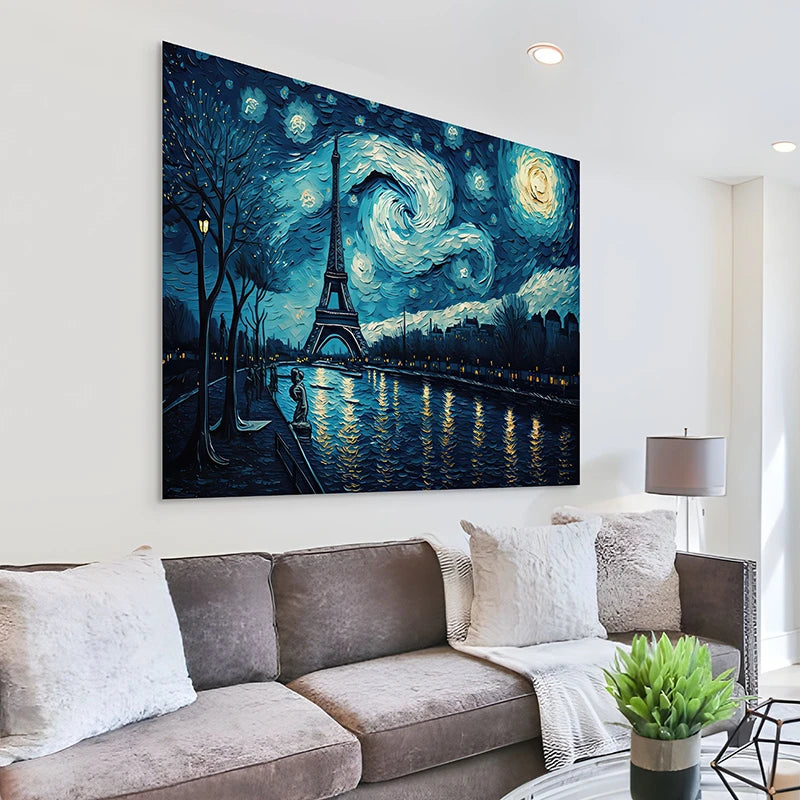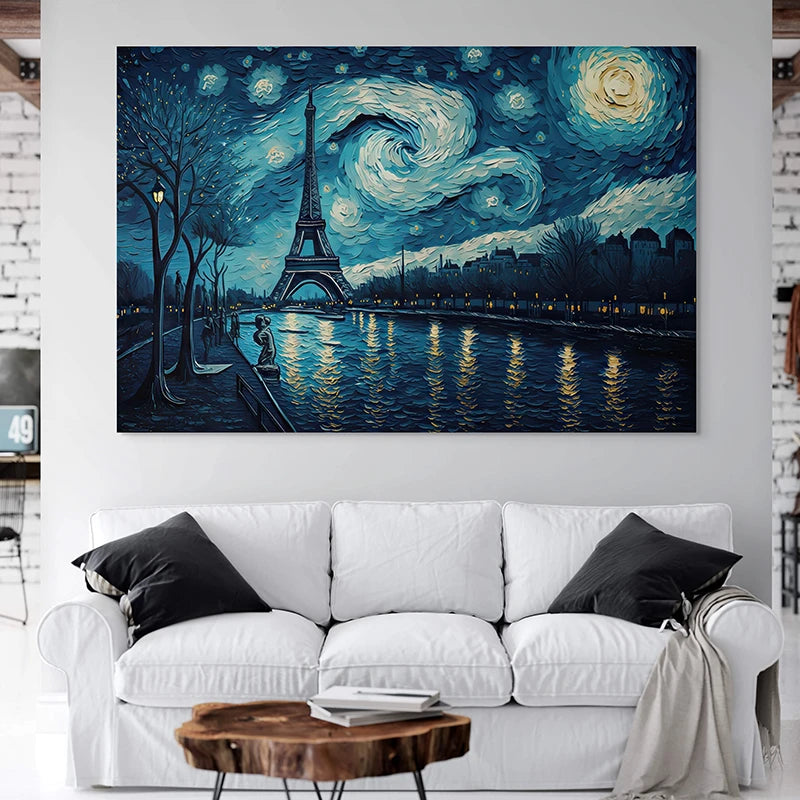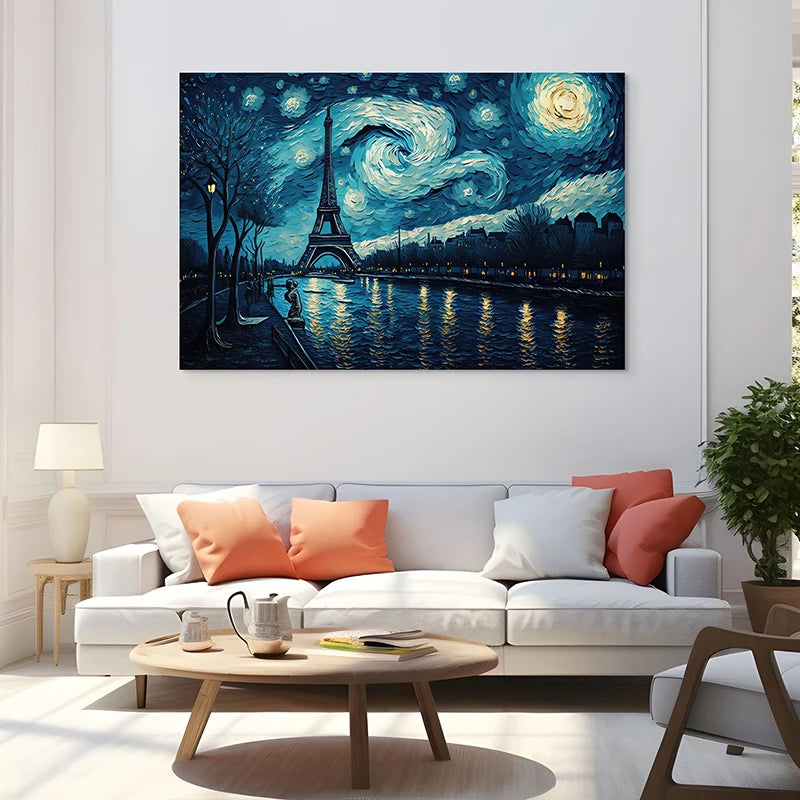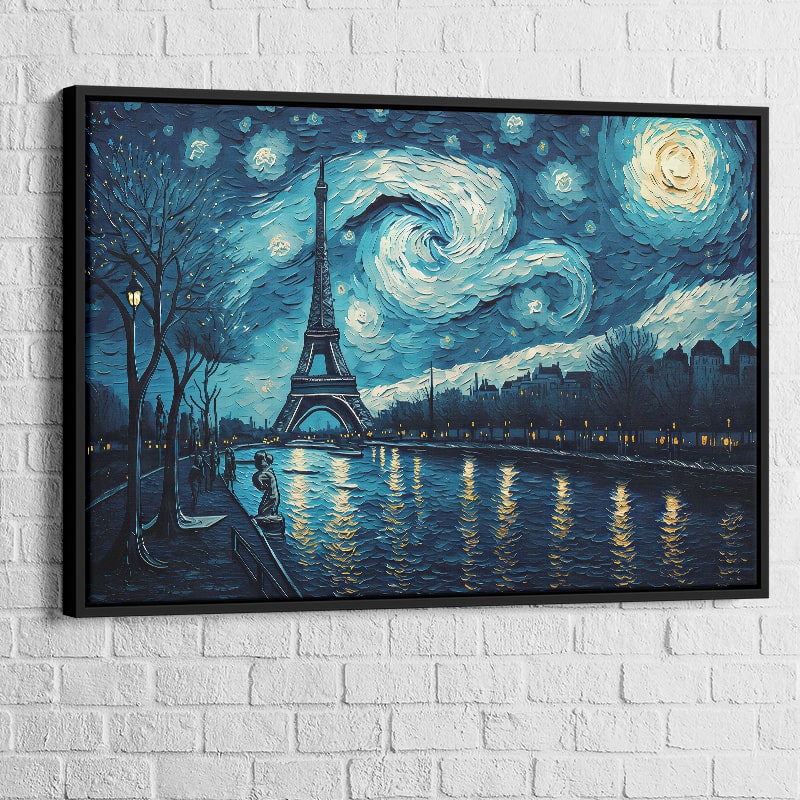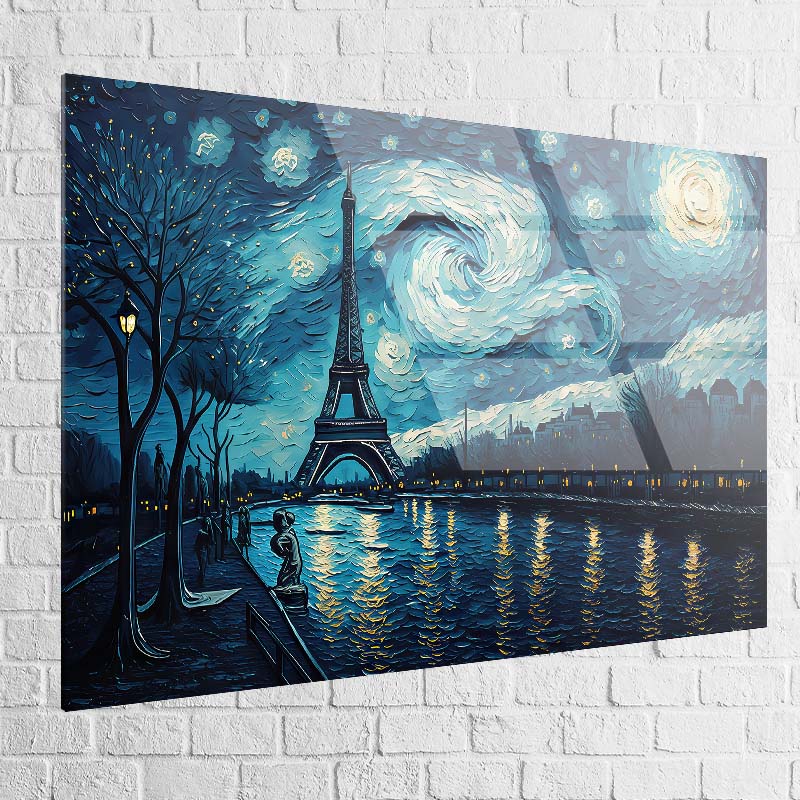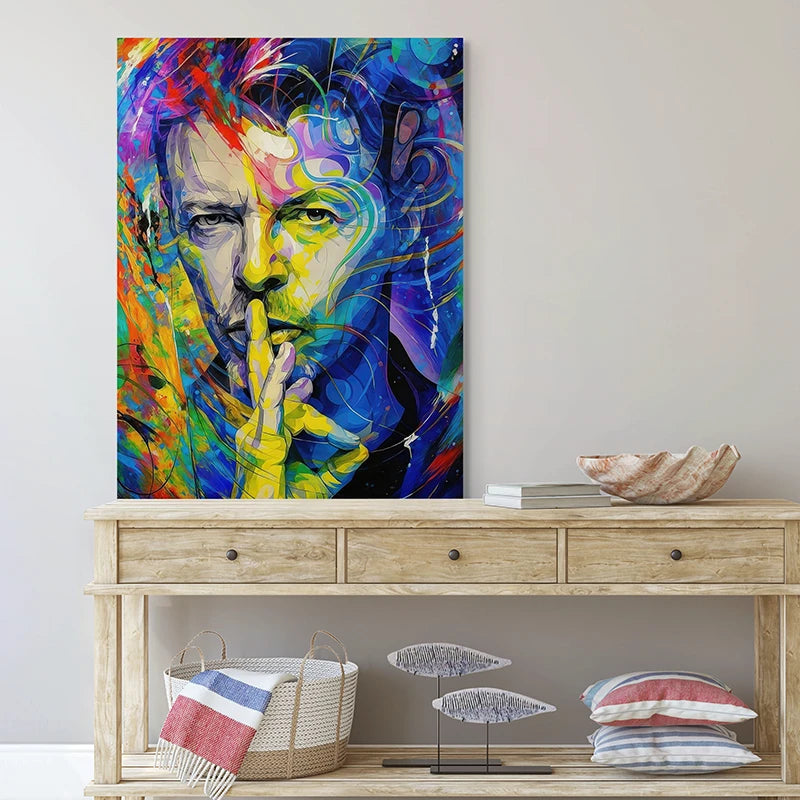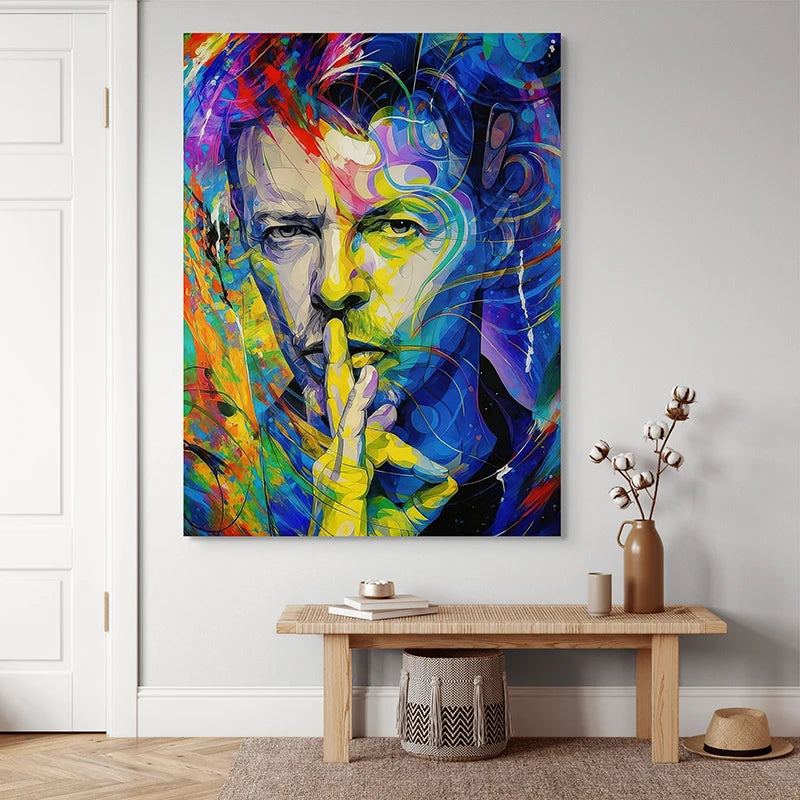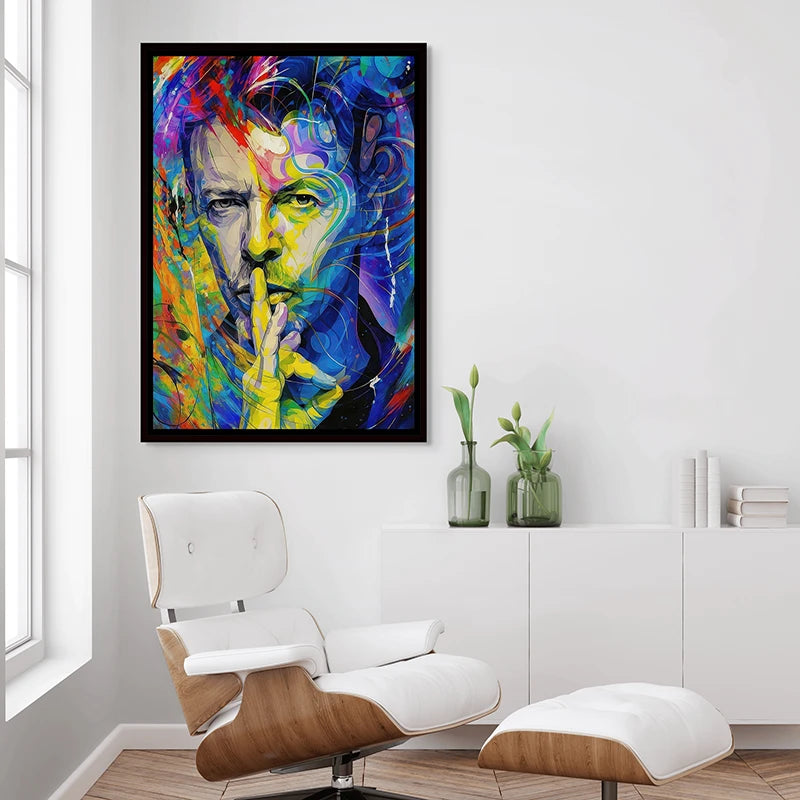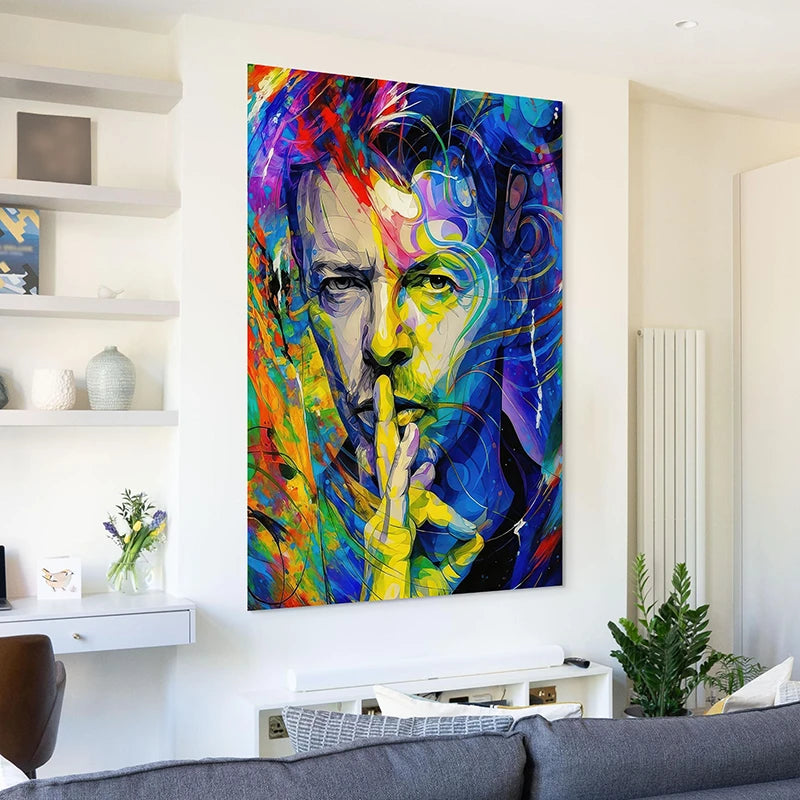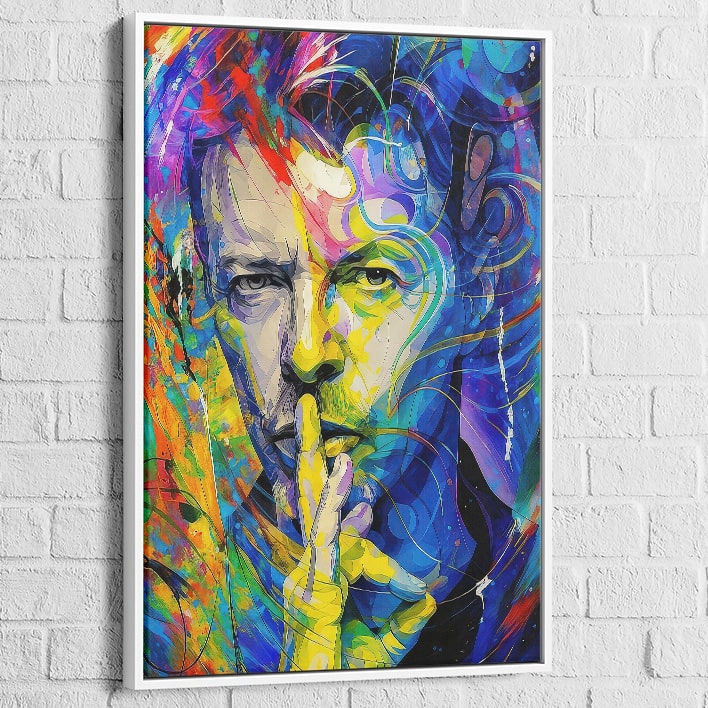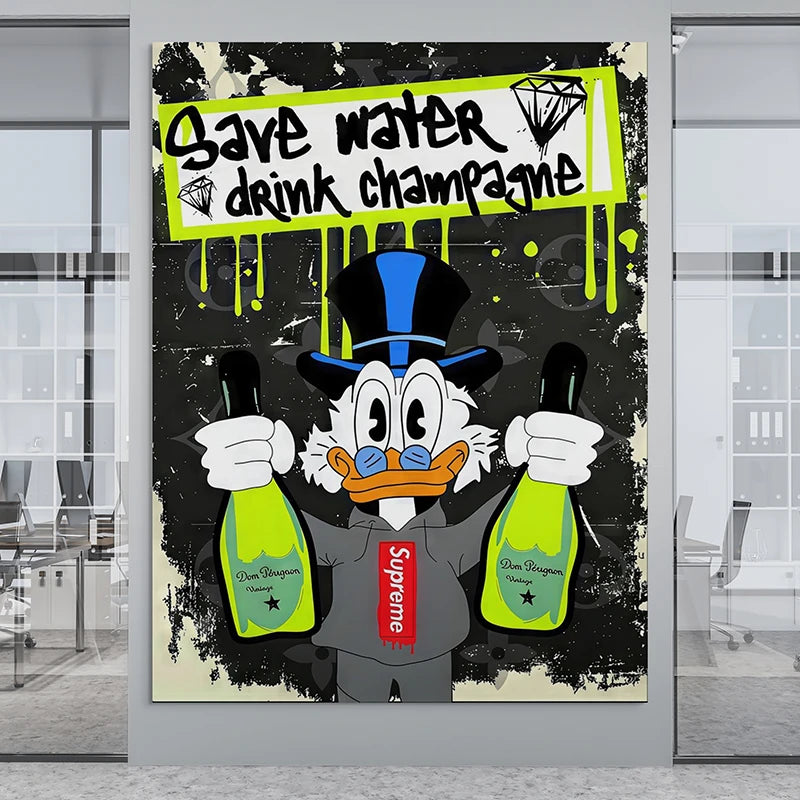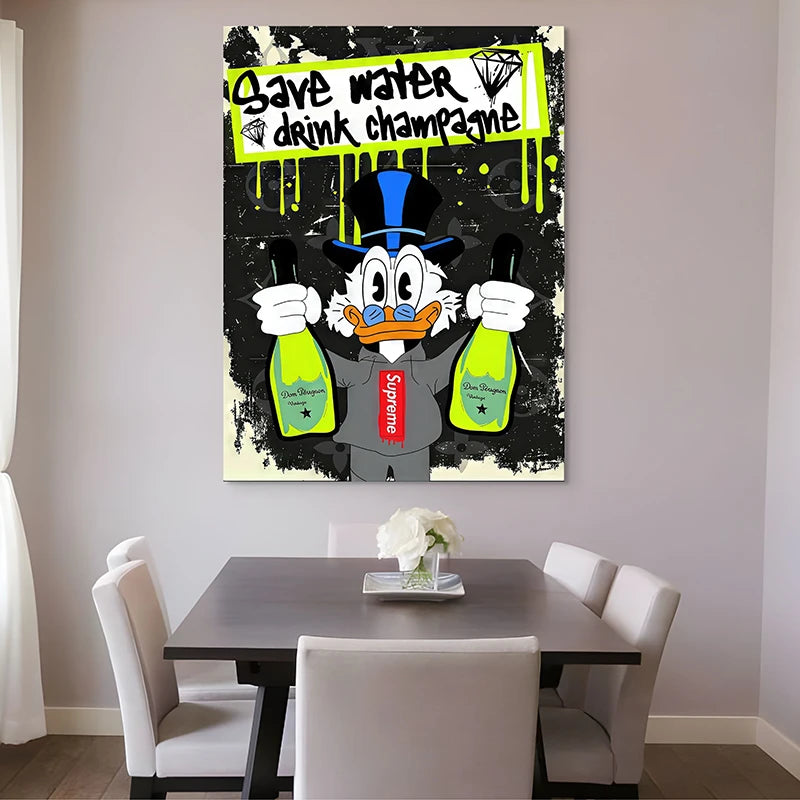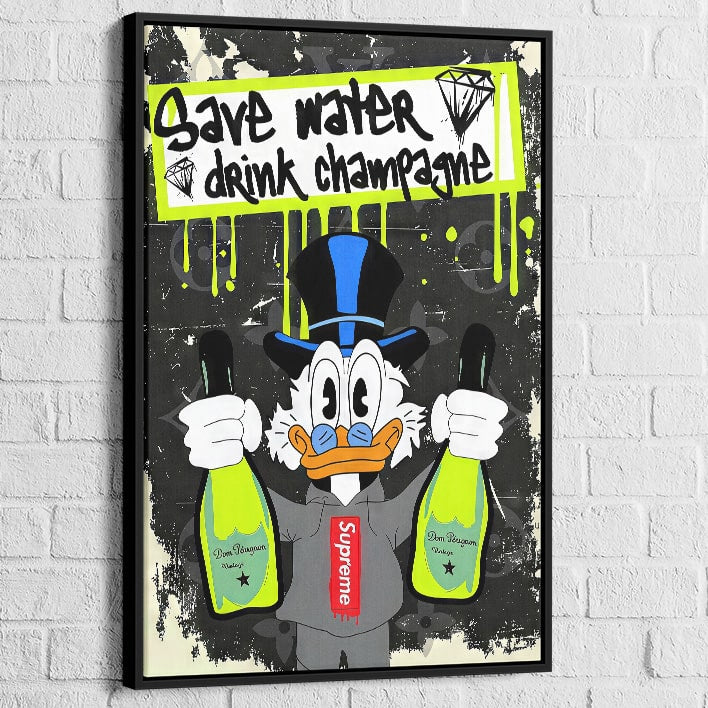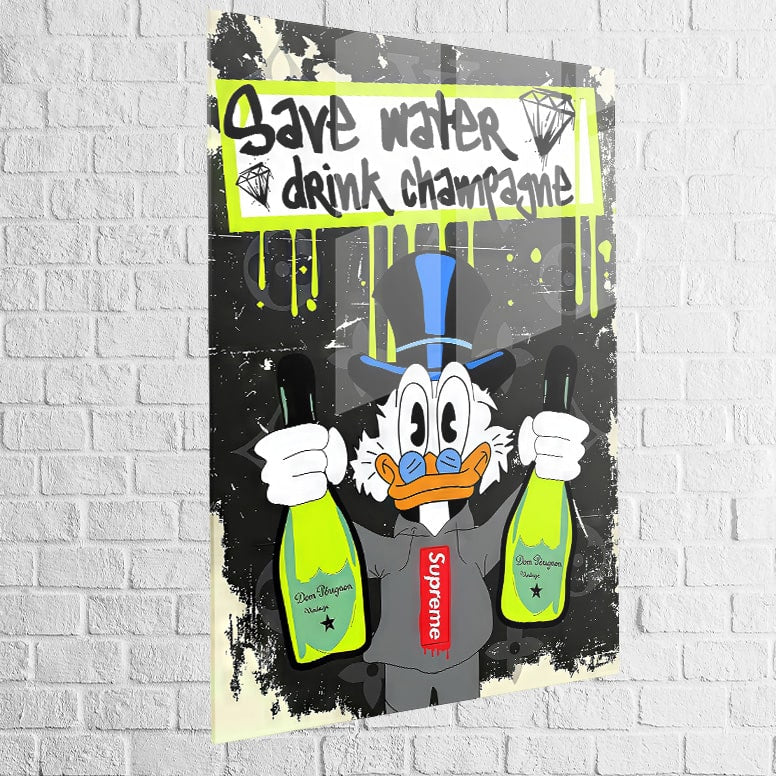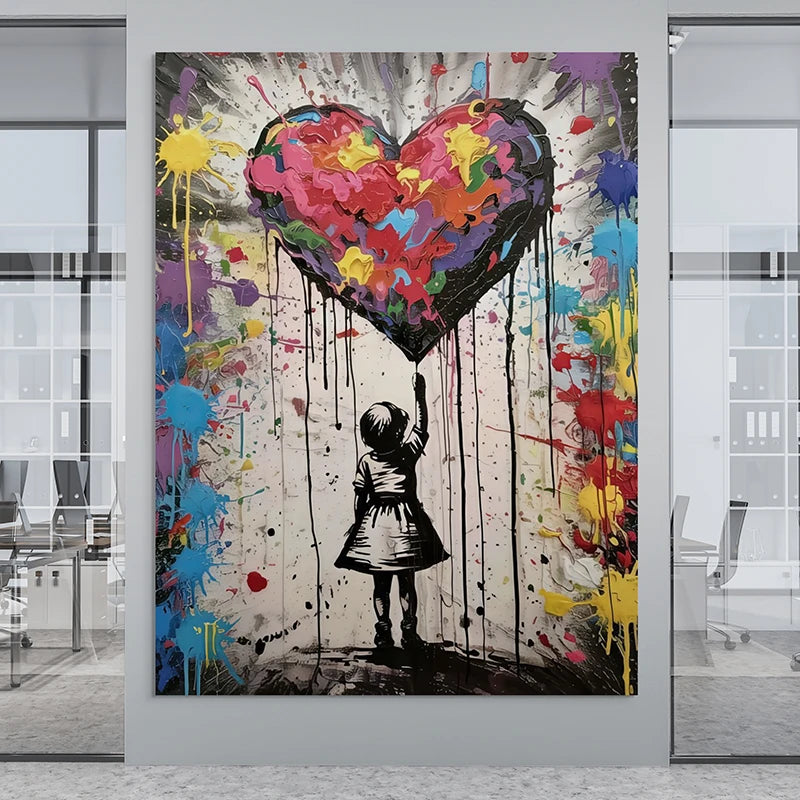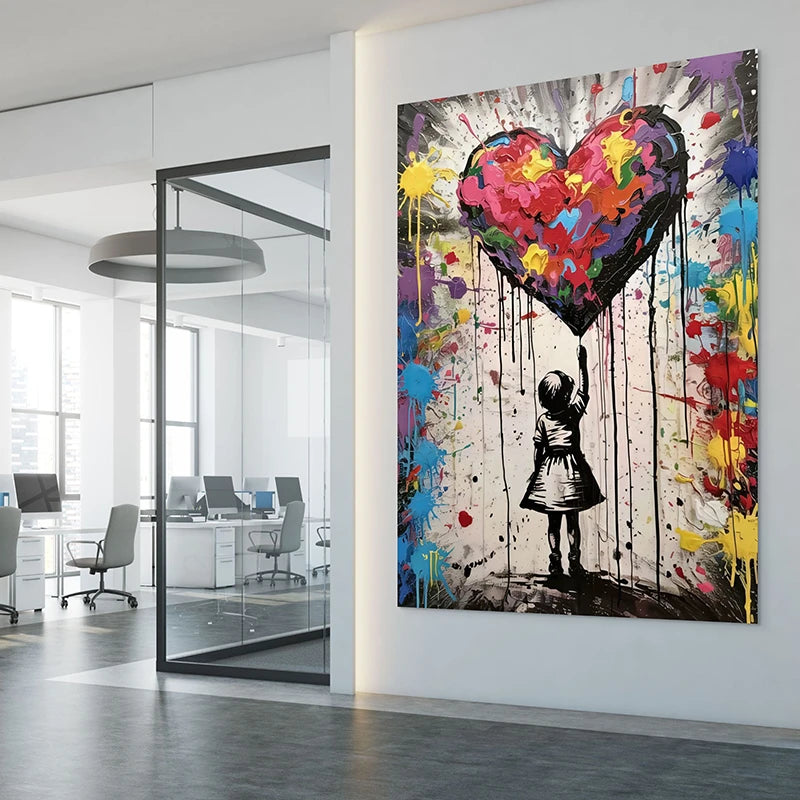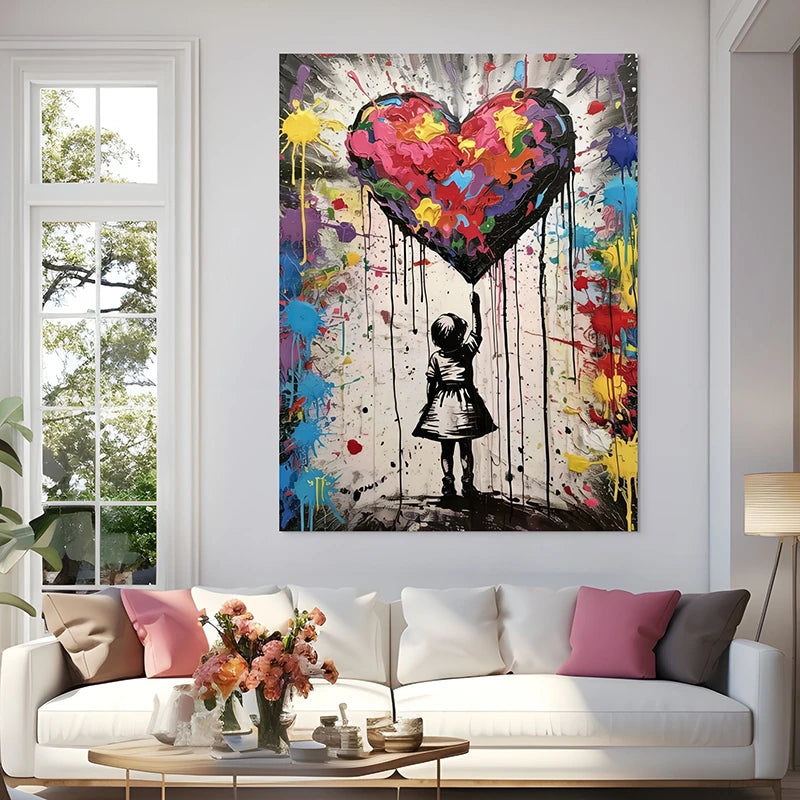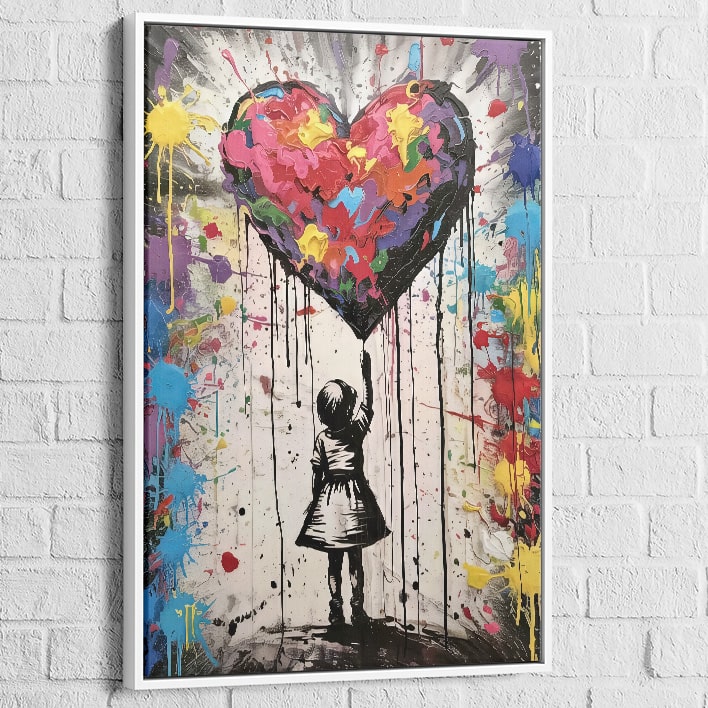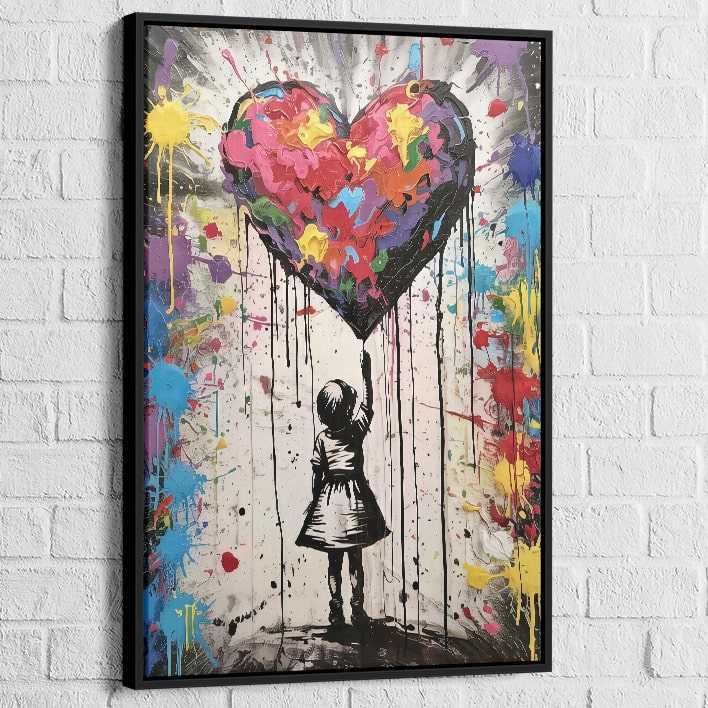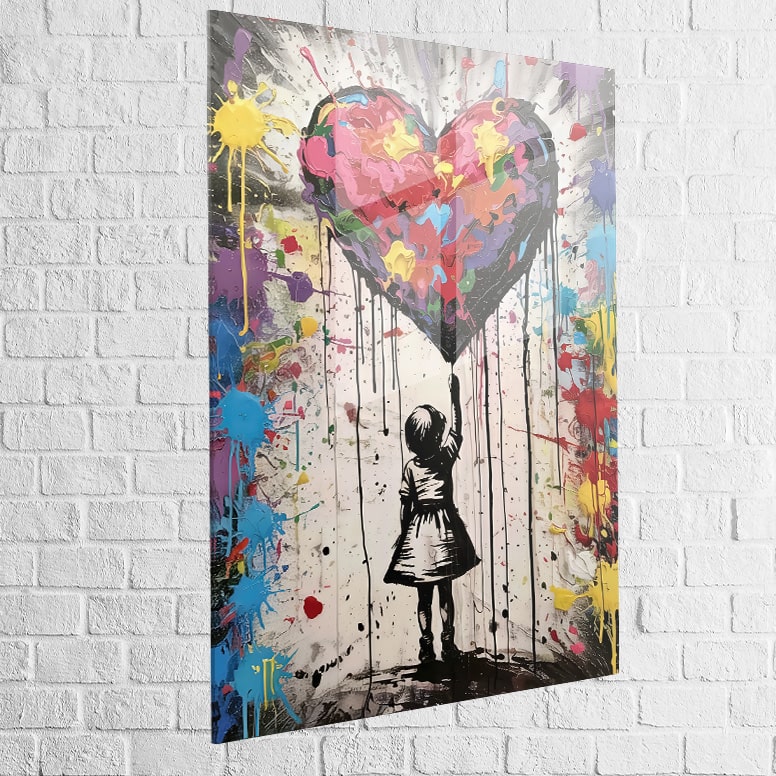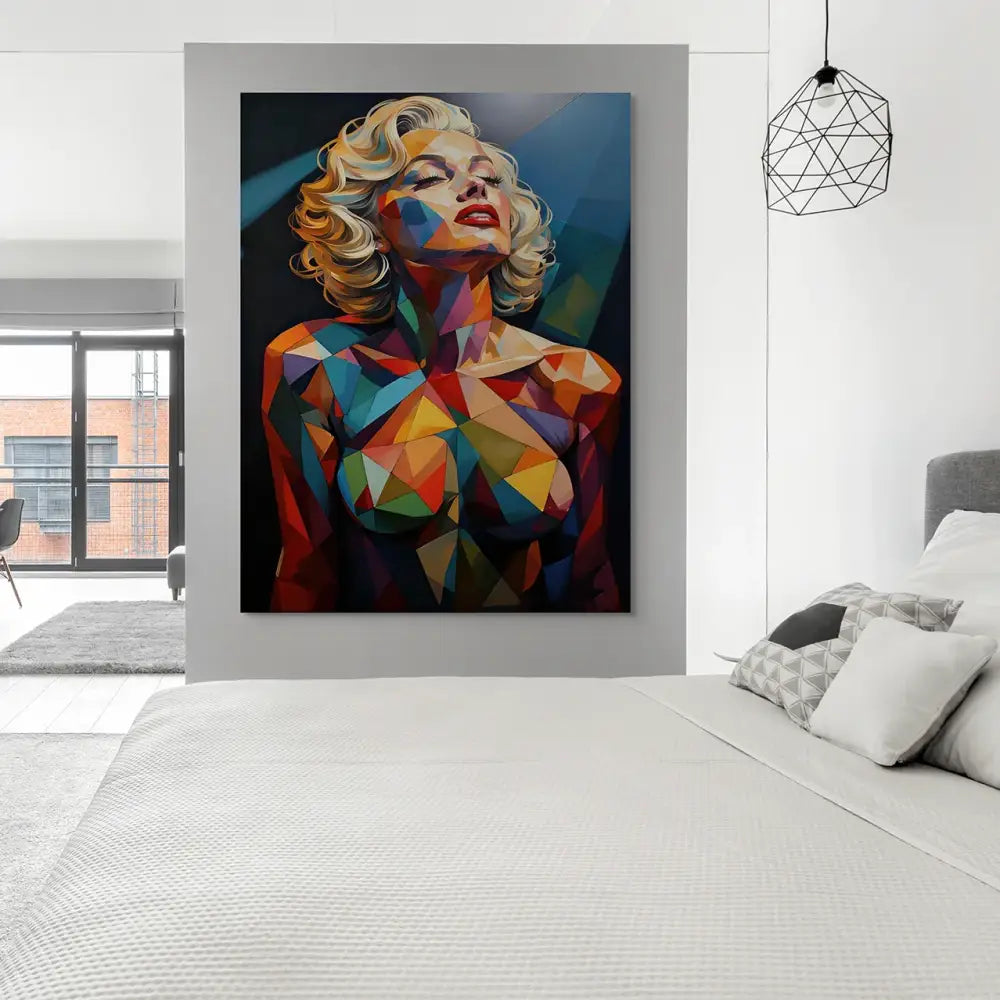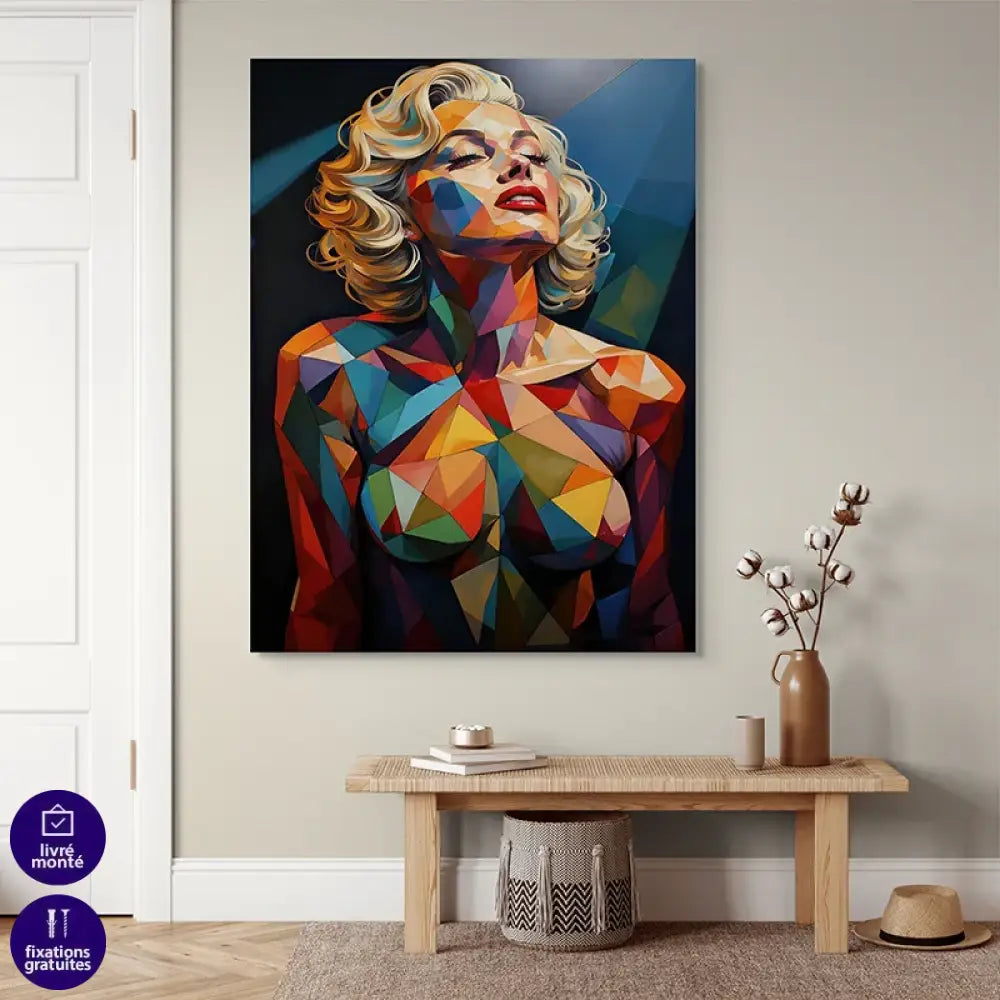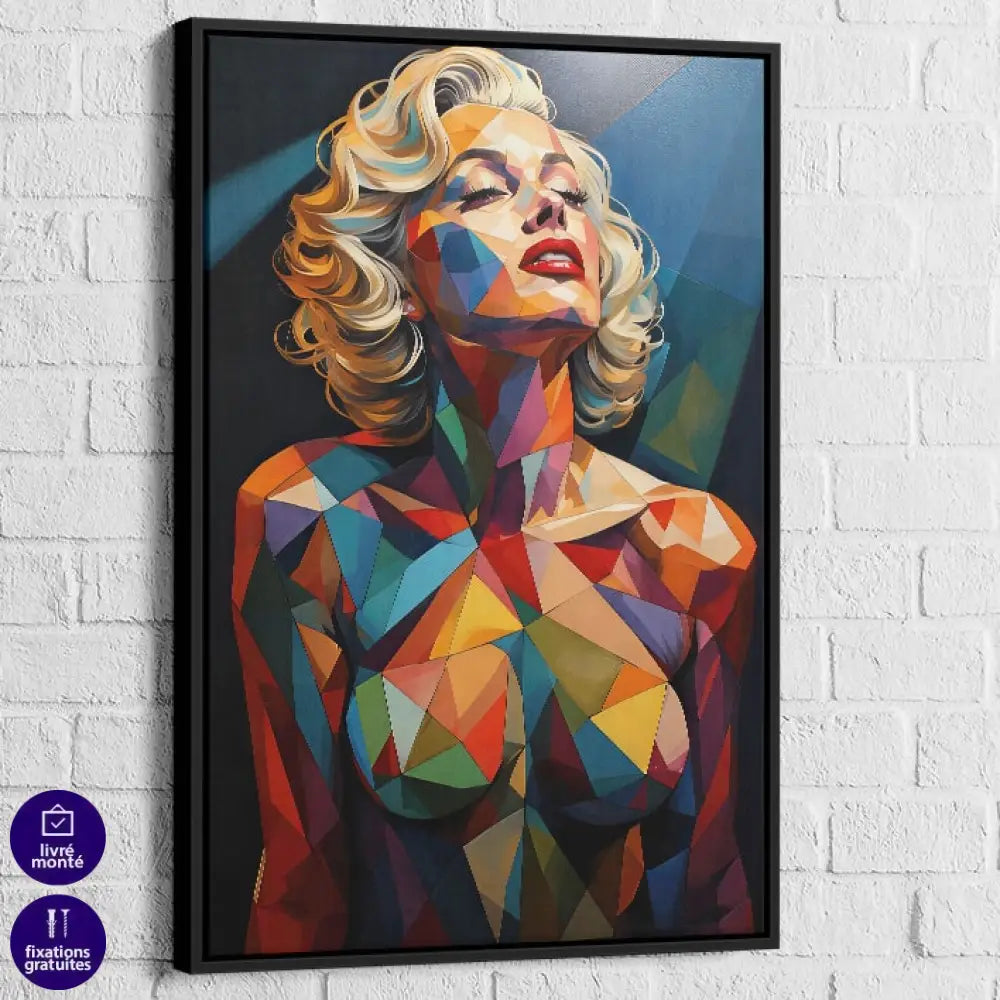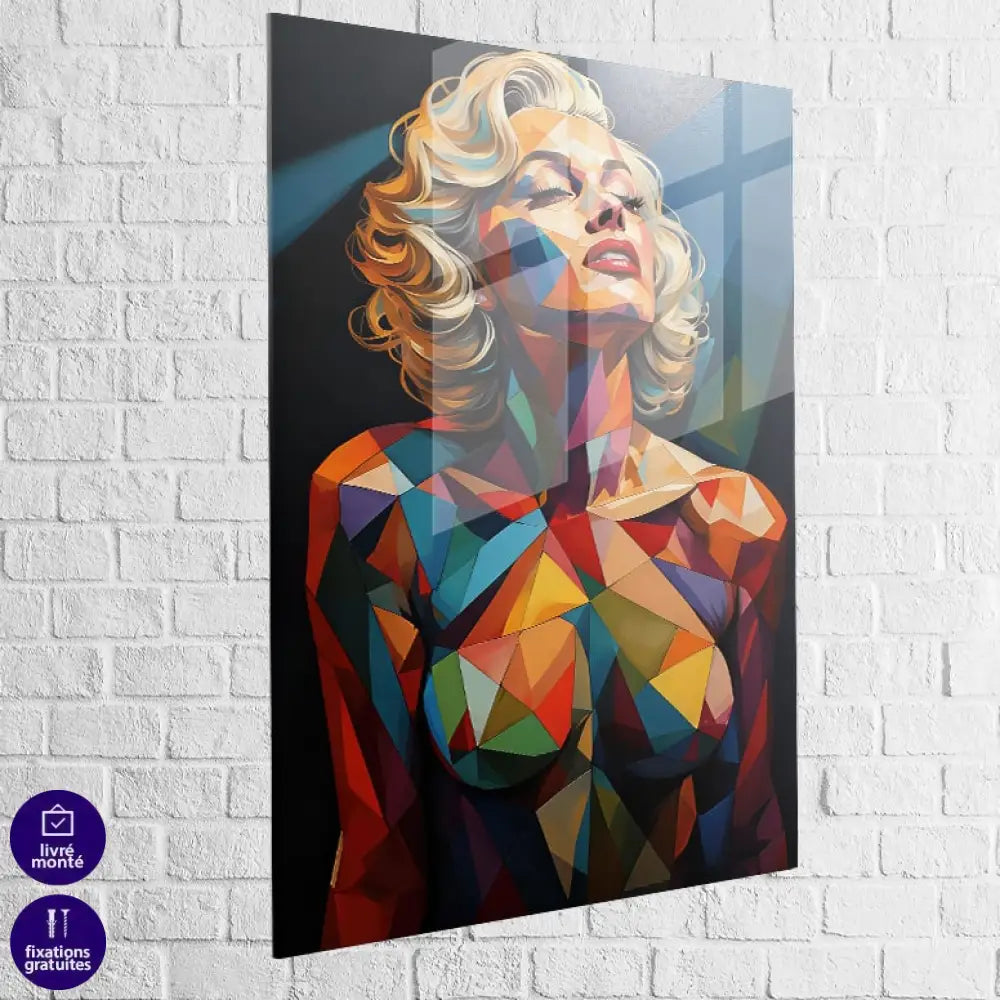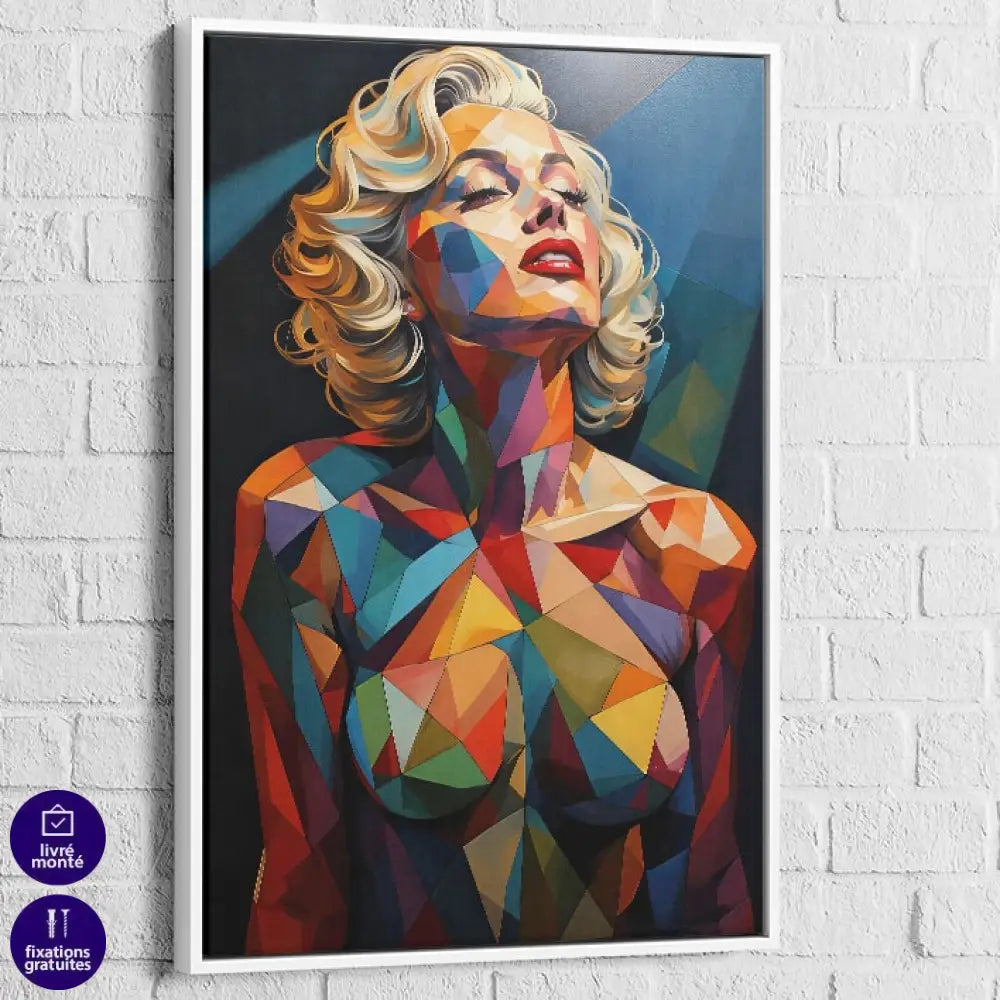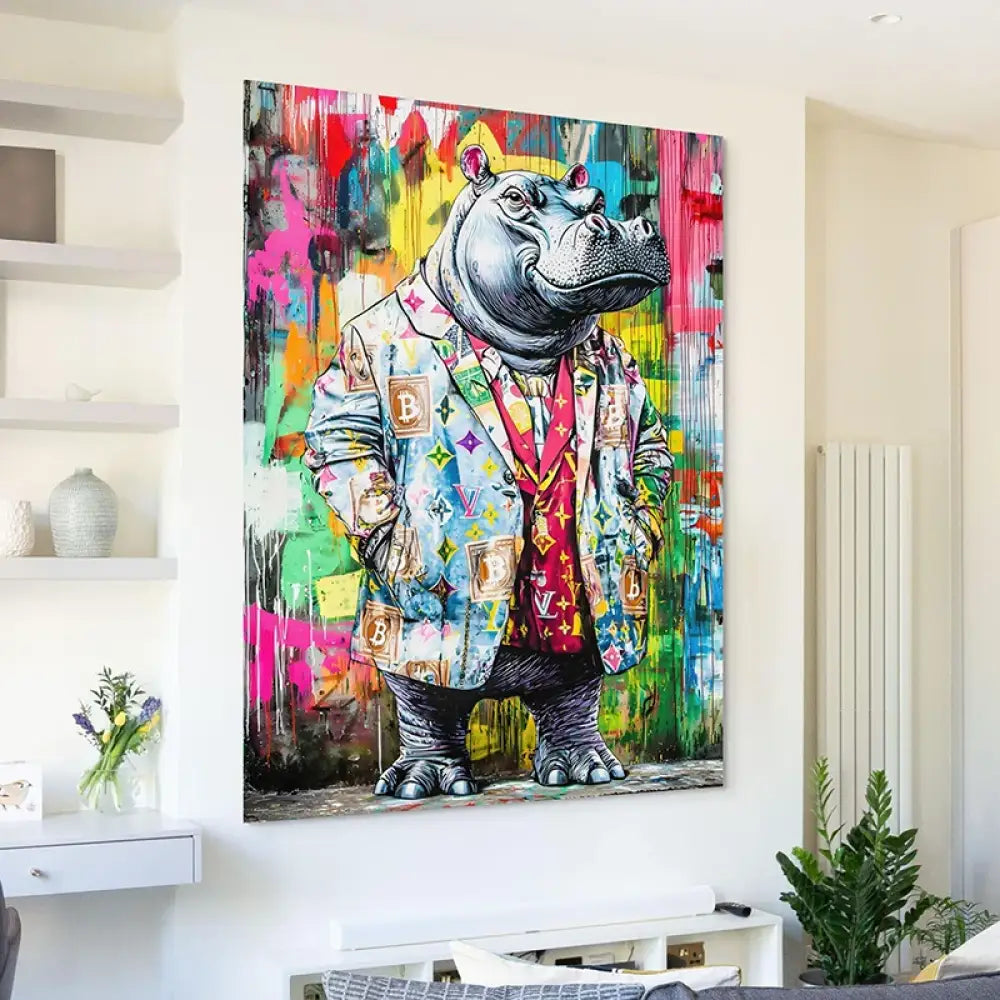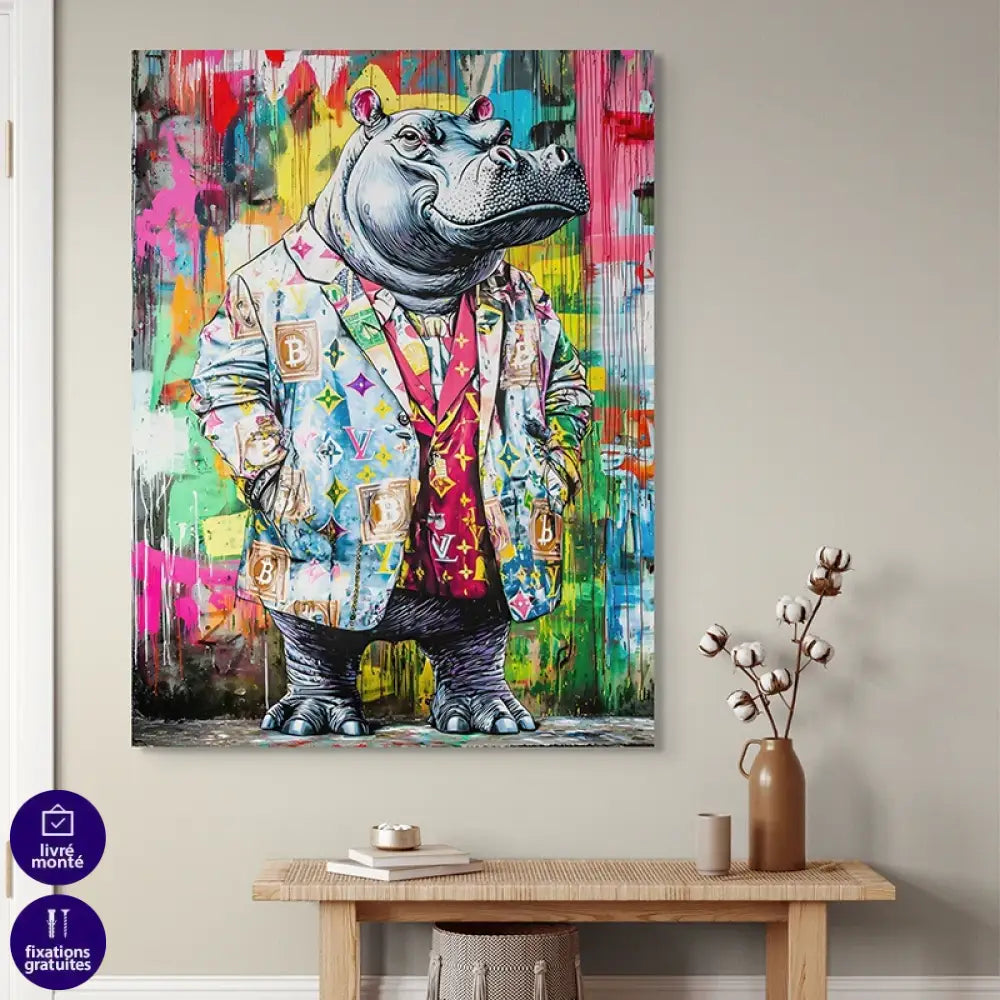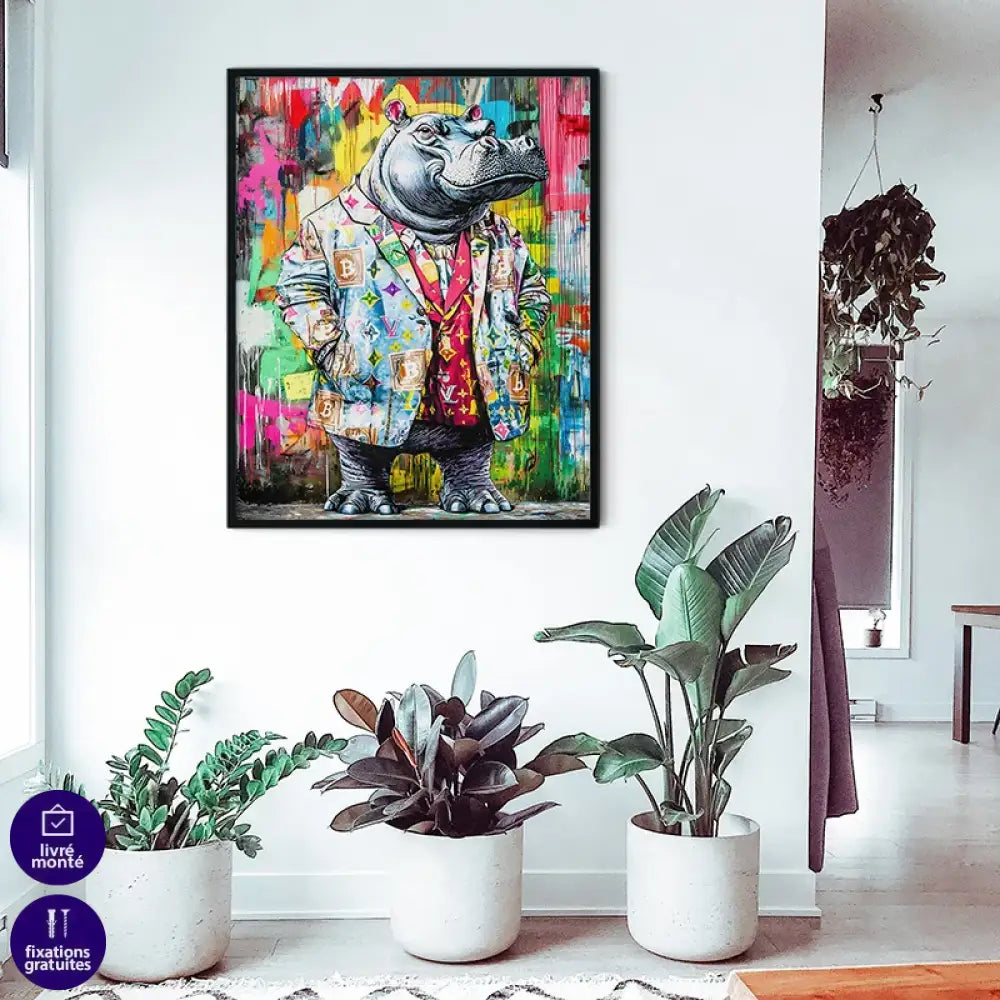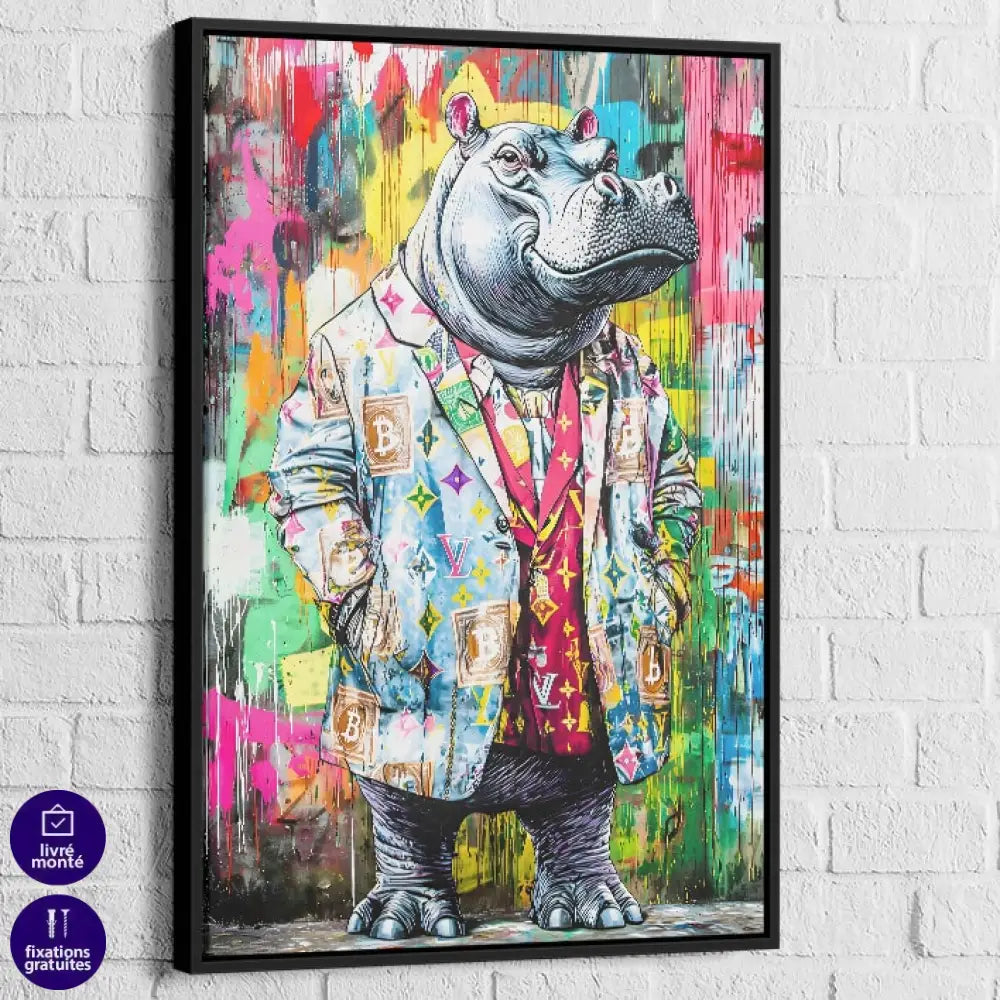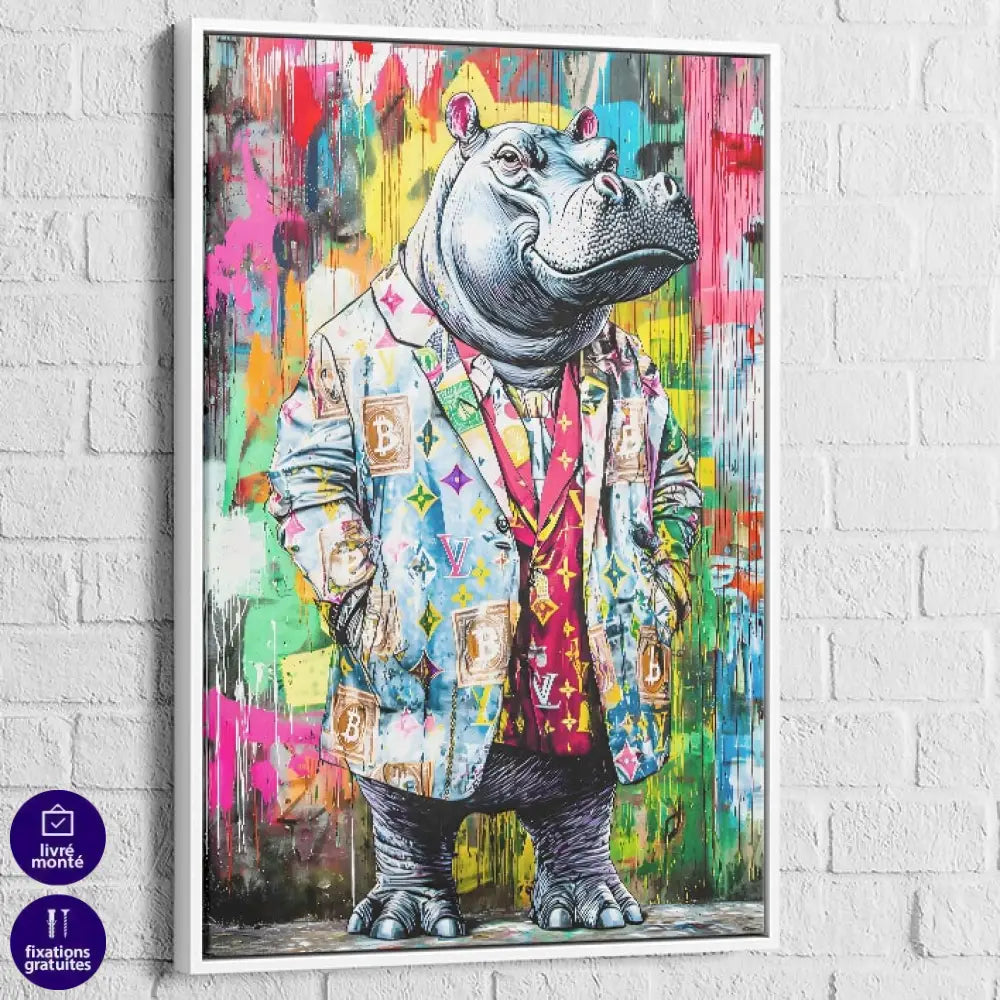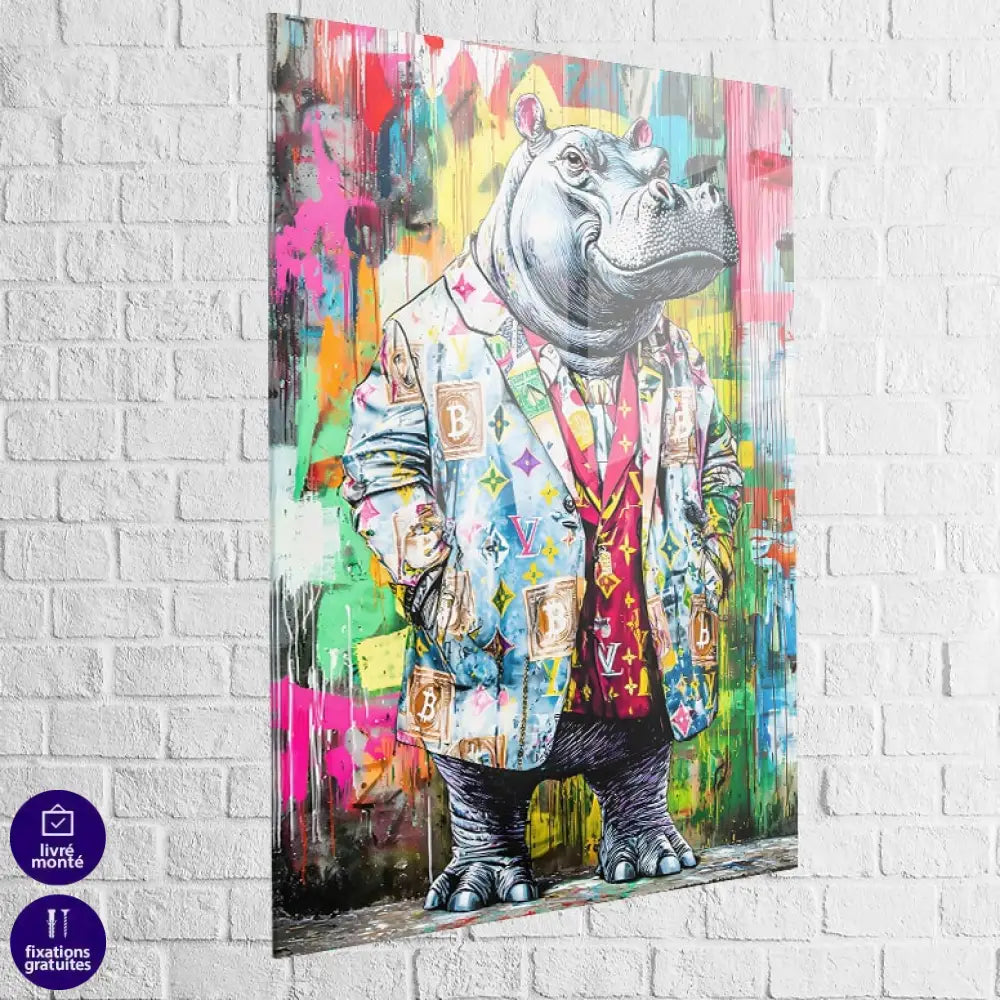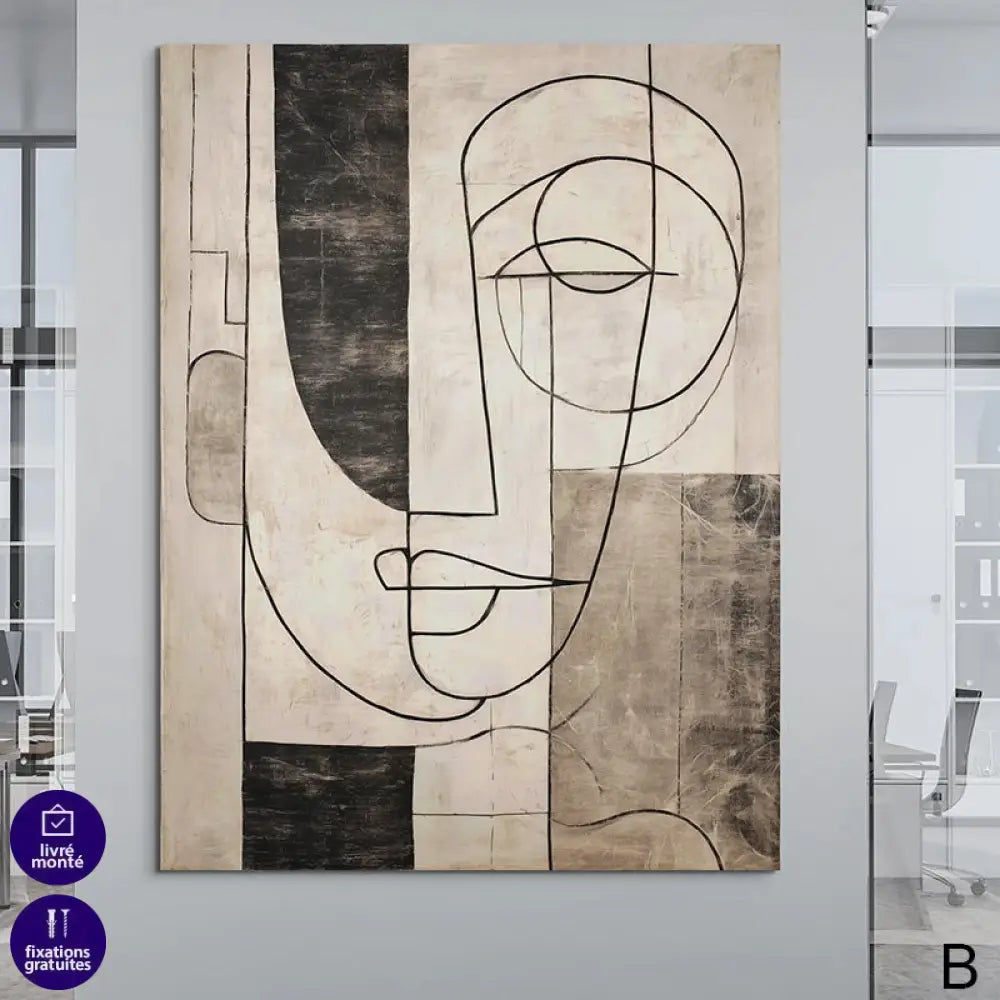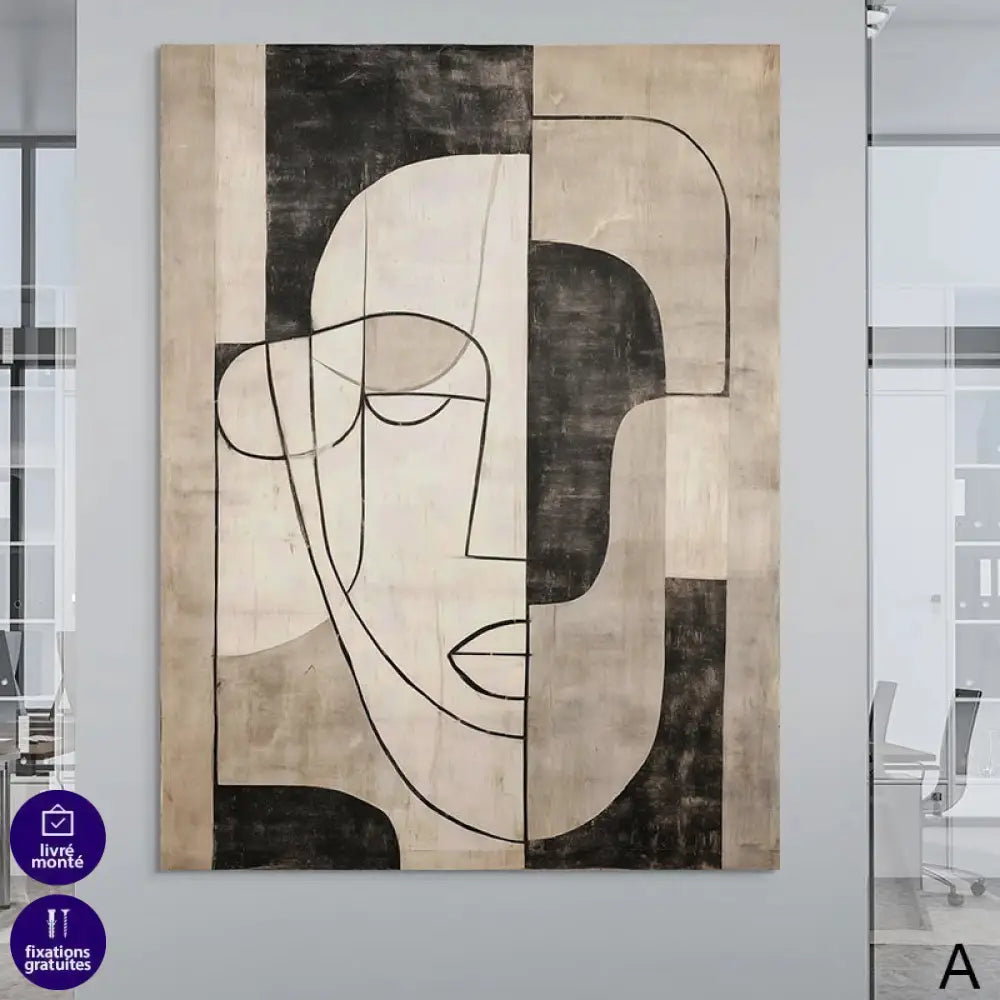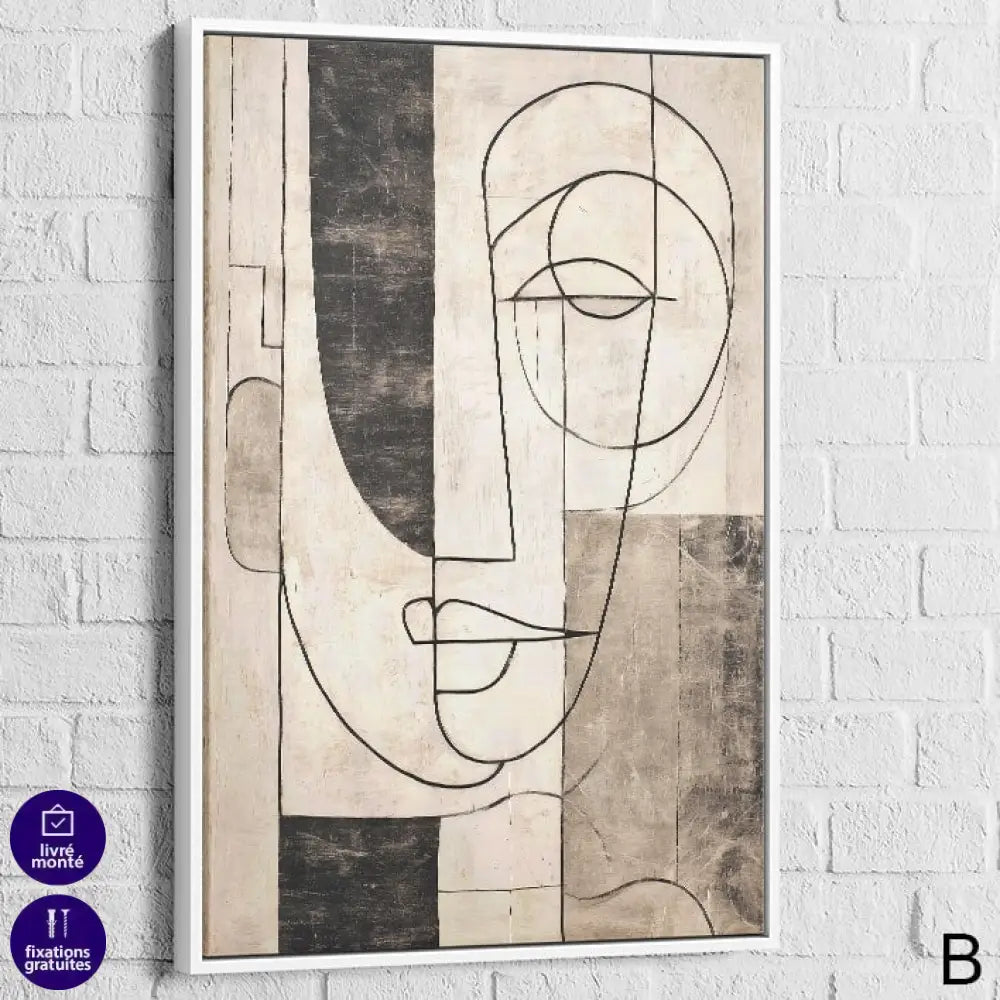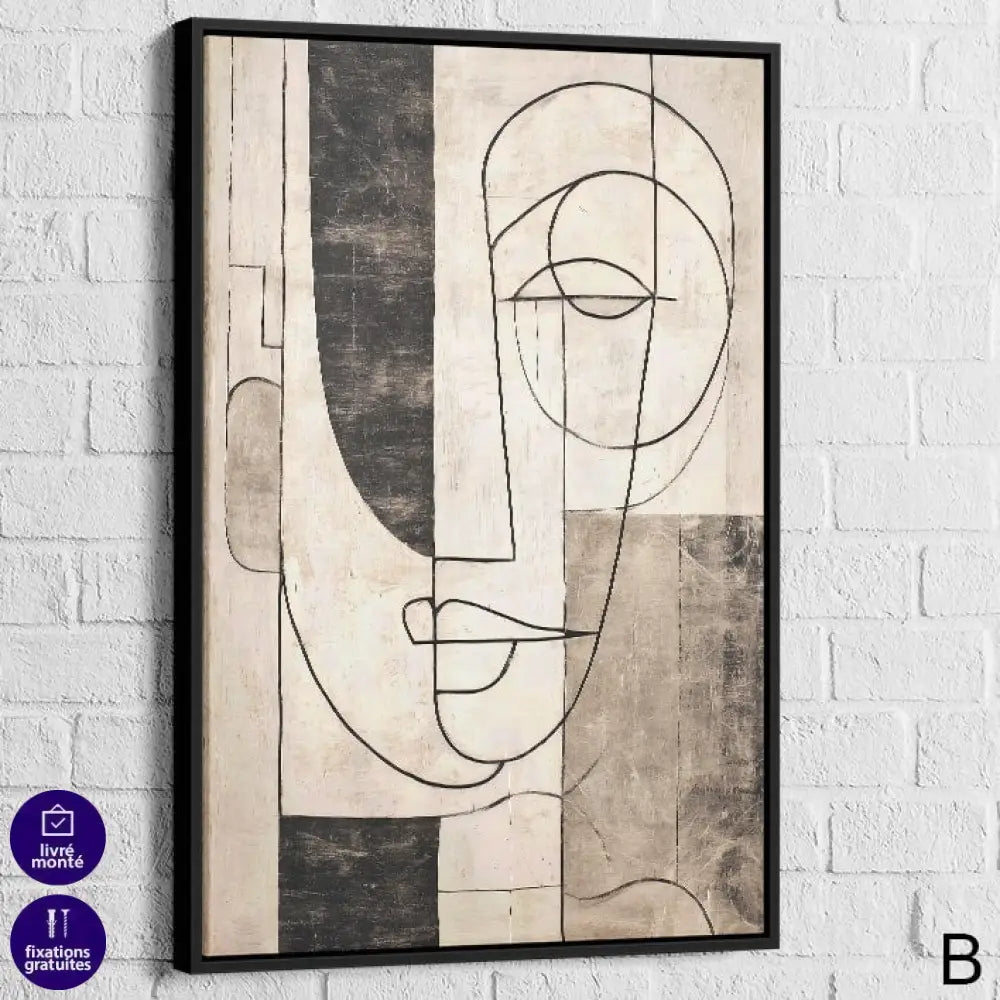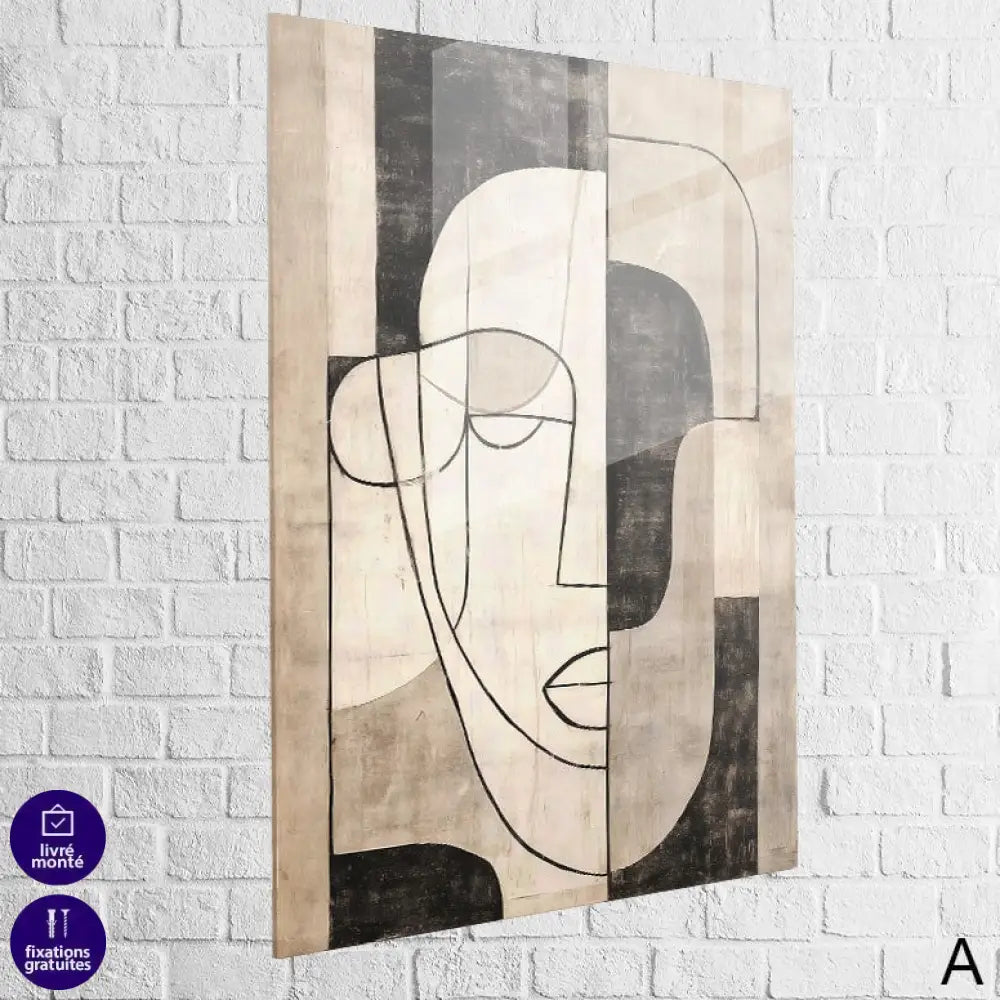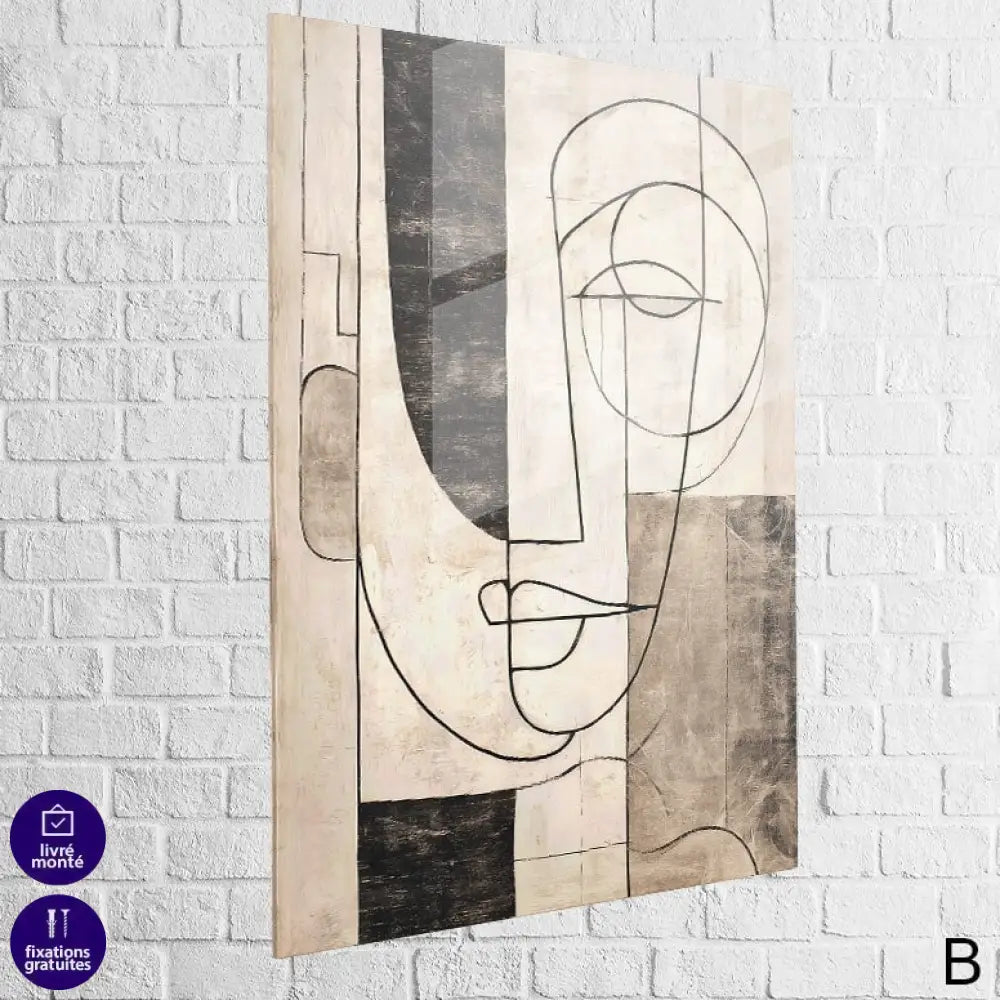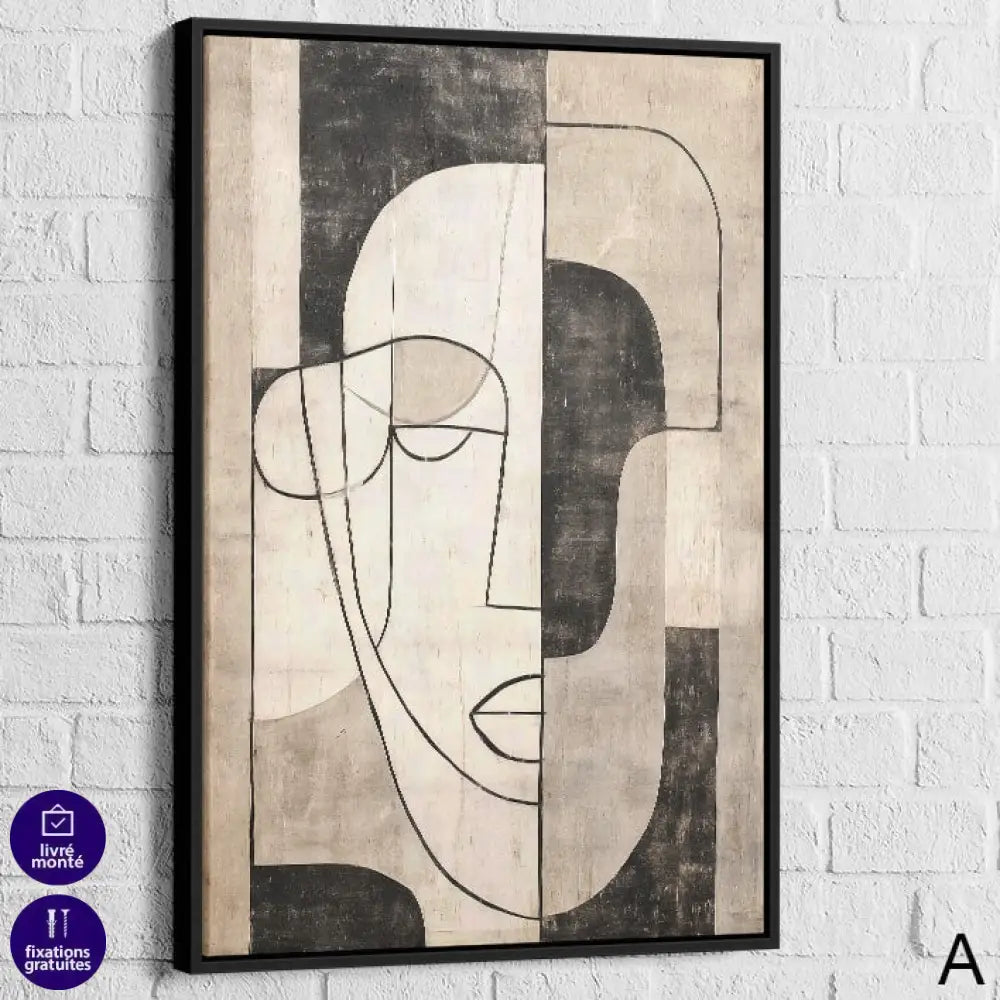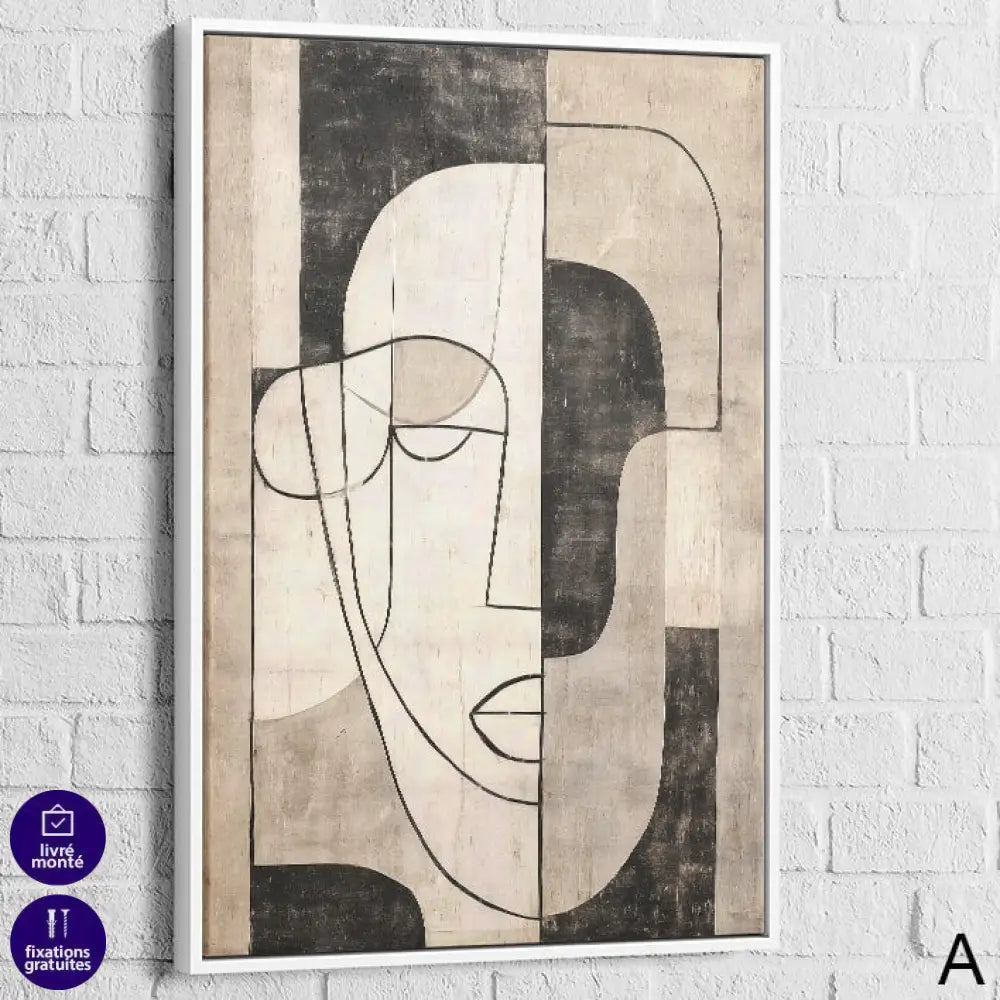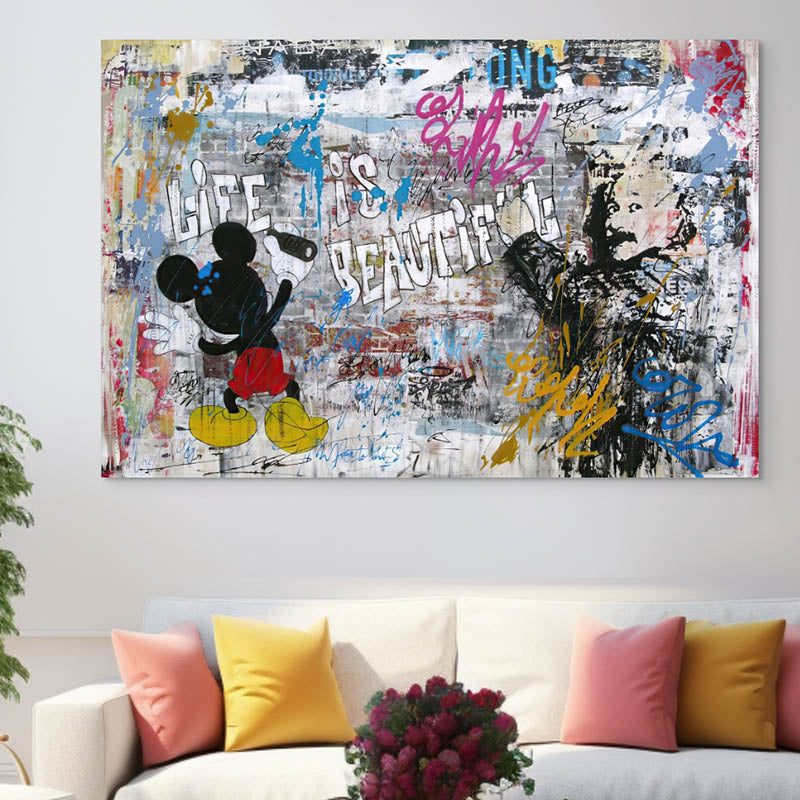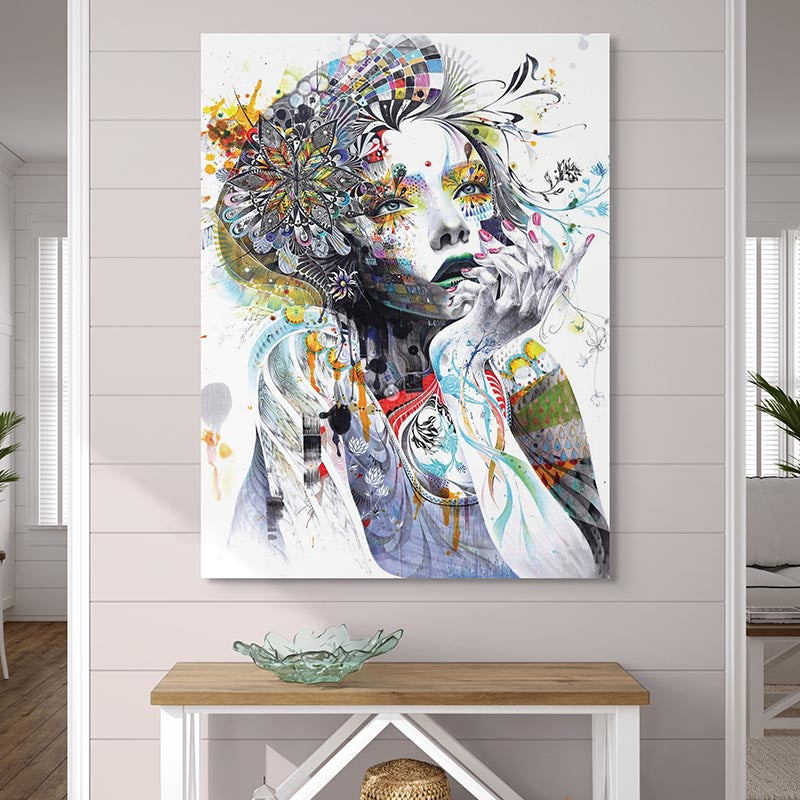Who is Banksy really?
- Clues, myths, and uncomfortable truths

In the world of street art, one name stands above all others: Banksy. This anonymous British artist has achieved the unthinkable: staying invisible while becoming world-famous. His stencils, both ironic and profound, have become universal symbols of humor, rebellion, and social reflection. But behind the walls and the mysteries, who is Banksy really?
A ghost from Bristol

The story begins in Bristol, in the 1990s. An industrial, musical, rebellious city — birthplace of trip-hop and English graffiti. It's here that Banksy is said to have made his first stencils, armed with a spray can and a desire to provoke awareness.
According to early rumors, Banksy was born around 1974, possibly under the name Robin Gunningham, a former student at a local art college. But the person in question has never confirmed it. And since then, every new “revelation” fuels the legend. Some even think he is a collective of artists rather than a single person.
In the end, his face doesn't really matter: Banksy has become a living idea, a signature without a fixed identity, a symbol of freedom and resistance against an often closed-off art world.
The Banksy style: a glance, a message

What strikes you first about Banksy's work is its immediate readability. In a second, you get the message. He paints simple images — children, soldiers, rats, monkeys, police officers — on damaged walls, often in black and white, with a colorful touch that catches the eye: a red balloon, a flower, a fluorescent vest.
His technique is based on the stencil, quick and precise, ideal for working discreetly in the street. The image is direct, impactful, often accompanied by a short text, a kind of visual haiku. Each work is a small poetic bomb placed in the heart of everyday life.
Works that have become legendary

There are countless Banksy creations scattered around the world. Some have disappeared, others have been stolen, still others protected behind glass. Here are some of the most iconic:
- Girl with Balloon: a little girl reaches out for a red heart-shaped balloon. A symbol of innocence, hope, or loss, depending on interpretation. This work self-destructed during a Sotheby’s auction in 2018, becoming Love Is in the Bin — a historic moment in contemporary art.
- The Mild Mild West: in Bristol, a teddy bear throws a Molotov cocktail at riot police. The visual irony sums up all of Banksy: tender and explosive.
- Rats: omnipresent in his stencils, rats are a metaphor for the street artist: unwanted, clever, and everywhere at once.
- Laugh Now: a row of monkeys wearing signs that read: “Laugh now, but one day we’ll be in charge.”
These images, now viral, go beyond graffiti. They question our relationship with society, consumption, power, and compassion. That’s the power of committed street art: speaking to everyone without complicated speeches.
Recurring themes: satire, humanism, and irony
Banksy denounces without shouting. His works are political but poetic. He ridicules war, mocks the police, criticizes overconsumption, but also speaks of love, childhood, and humanity. Beneath the sarcasm, there is always a touch of empathy.
The children he paints are often witnesses to the adult world. The soldiers he twists become ridiculous. The animals embody the freedom that humans have lost.
An anonymous artist turned global icon
Anonymity is his greatest work. By refusing fame, Banksy overturns the codes of a world obsessed with signatures. His invisibility is part of the message: art comes before the artist. And paradoxically, it’s this silence that made him famous.
For more than twenty years, he continues to appear where he’s least expected: on the Israeli-Palestinian separation wall, in Paris, New York, London, or in hotels transformed into temporary installations. Each new appearance becomes a global event.

The stroke of genius: “Love Is in the Bin”
On October 5, 2018, the art world holds its breath: during a sale at Sotheby’s, the famous Girl with Balloon is half-destroyed just after being auctioned, via a shredder hidden in the frame. The act, secretly prepared, is a brilliant gesture: a performance against the market carried out from within the system. The “devoured” painting was renamed Love Is in the Bin and resold three years later for nearly 19 million pounds.
A work that self-destructs in the middle of an auction: provocation? satire? masterpiece? Probably all three at once.
Exit Through the Gift Shop: the film that keeps the mystery alive
In 2010, Banksy released the film Exit Through the Gift Shop. This “documentary” traces the story of a French videographer, Thierry Guetta, passionate about street art, who ends up becoming an artist himself under the name Mr. Brainwash. Presented at the Sundance Festival and nominated for an Oscar, the film blends reality, satire, and mise en abyme. No one knows where the line between truth and fiction lies.
This feature film perfectly sums up Banksy’s philosophy: questioning the value, authenticity, and meaning of art in a society saturated with images.
Between criticism and the market: the Banksy paradox
Banksy denounces capitalism while seeing his works soar to record prices. This paradox is as amusing as it is thought-provoking. But the artist, true to himself, doesn’t hide it: he plays with the system, parodies it, turns it on its head. His critical stance endures because it remains rooted in action, not in words.
In a way, Banksy has become an anti-brand brand, a counter-power that expresses itself in the very language it mocks. That’s the genius of the character: being both inside and outside.
Why his art still speaks to us today
Because Banksy holds up a mirror to us. His works speak to everyone: they are funny, moving, impactful. They point out the absurdities of the modern world without preaching. In a single image, he sums up what others express in a thousand words.
His art remains accessible, even to those who never visit museums. He has given the street back its original role: a place for dialogue, questioning, and unexpected beauty.
Bringing the Banksy spirit into your decor
Do you love his style? You can bring the Banksy spirit into your home with a few well-chosen touches:
- A large street art painting to dress up a plain wall and create a strong focal point.
- A stretched canvas for an artistic look, or a plexiglass for a contemporary, glossy effect.
- A black, white, and red palette to capture the visual impact of his works.
- A floating frame for an elegant, gallery-worthy finish.
The secret? Let the image breathe, like a lone graffiti on a wall. A single large visual is enough to give your interior that urban, rebellious vibe that defines Banksy’s world.
Conclusion: mystery as a work of art
Banksy is not just an artist, he’s a living concept. By erasing his identity, he has given art back its anonymity, its freedom, its power to question without answering. Each stencil, each action, each silence builds a contemporary myth, both poetic and political.
“Art should comfort the disturbed and disturb the comfortable.” – Banksy
Maybe Banksy’s real face was never hidden. Maybe it’s everywhere: in the walls that speak, in the messages that shake us, in the idea that art belongs to those who look at it.






